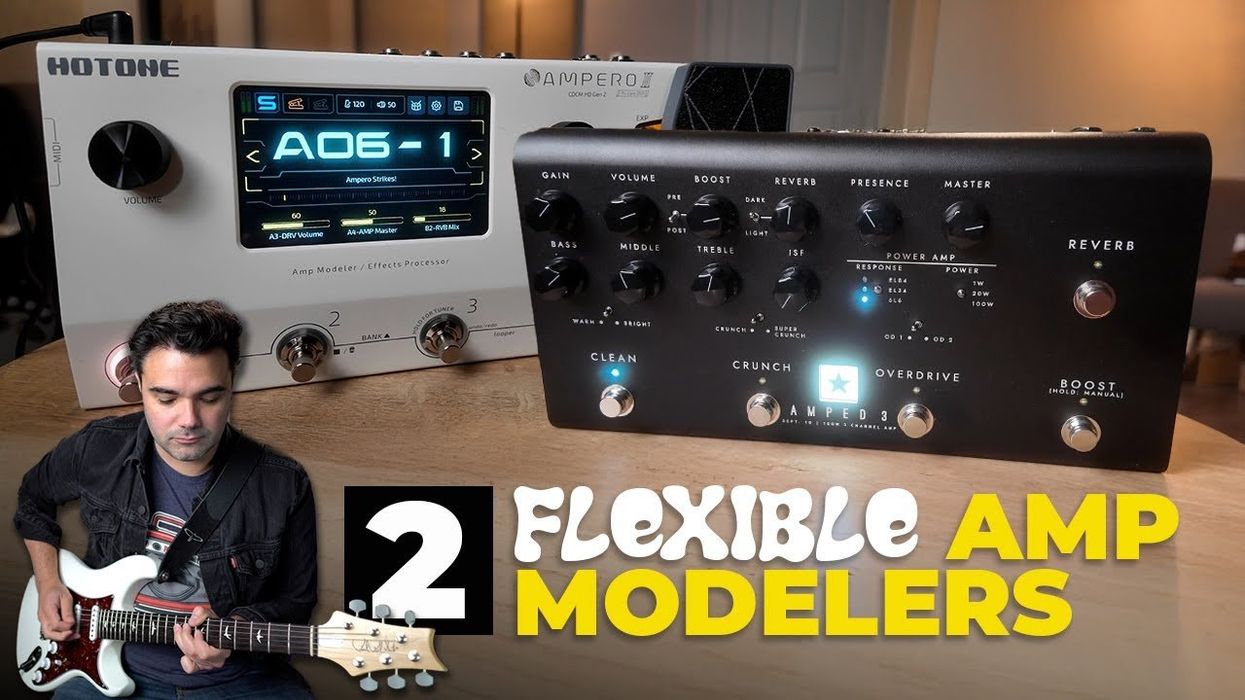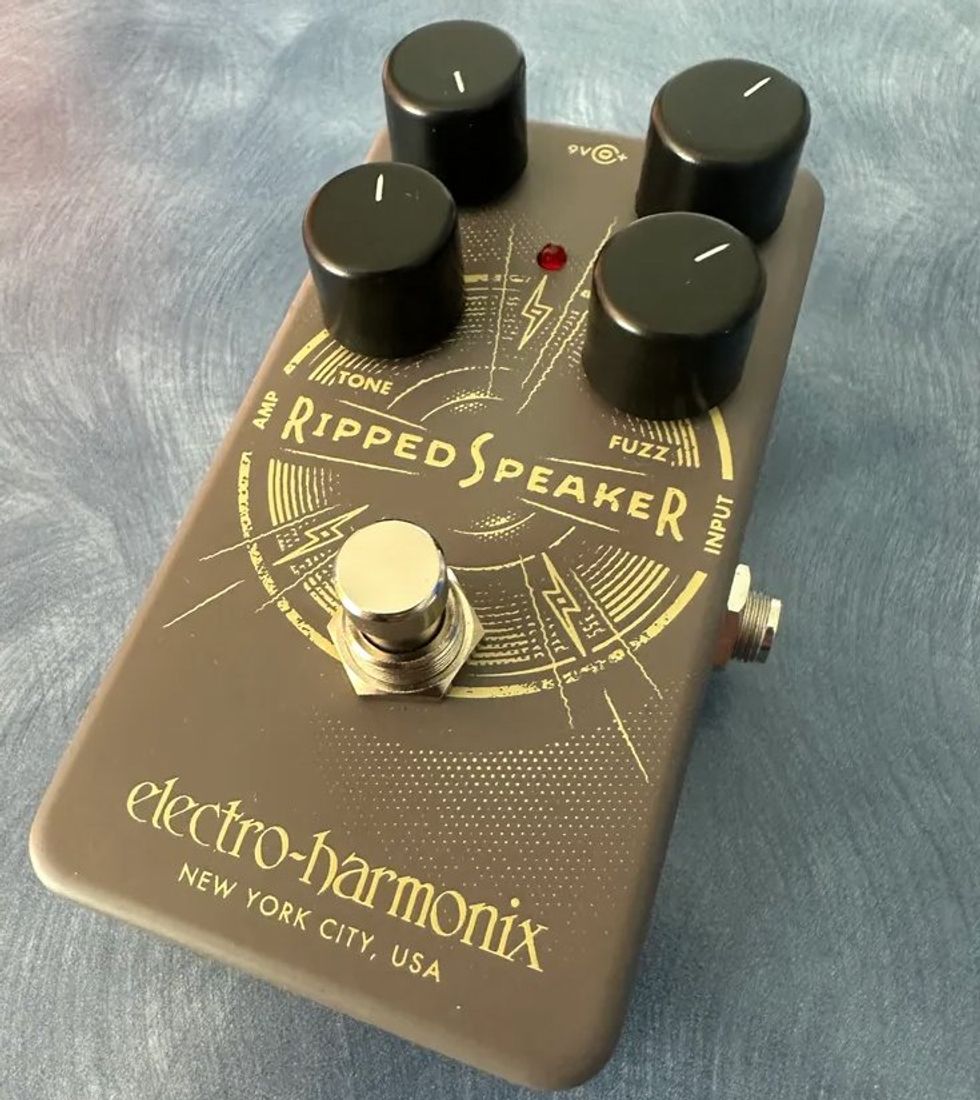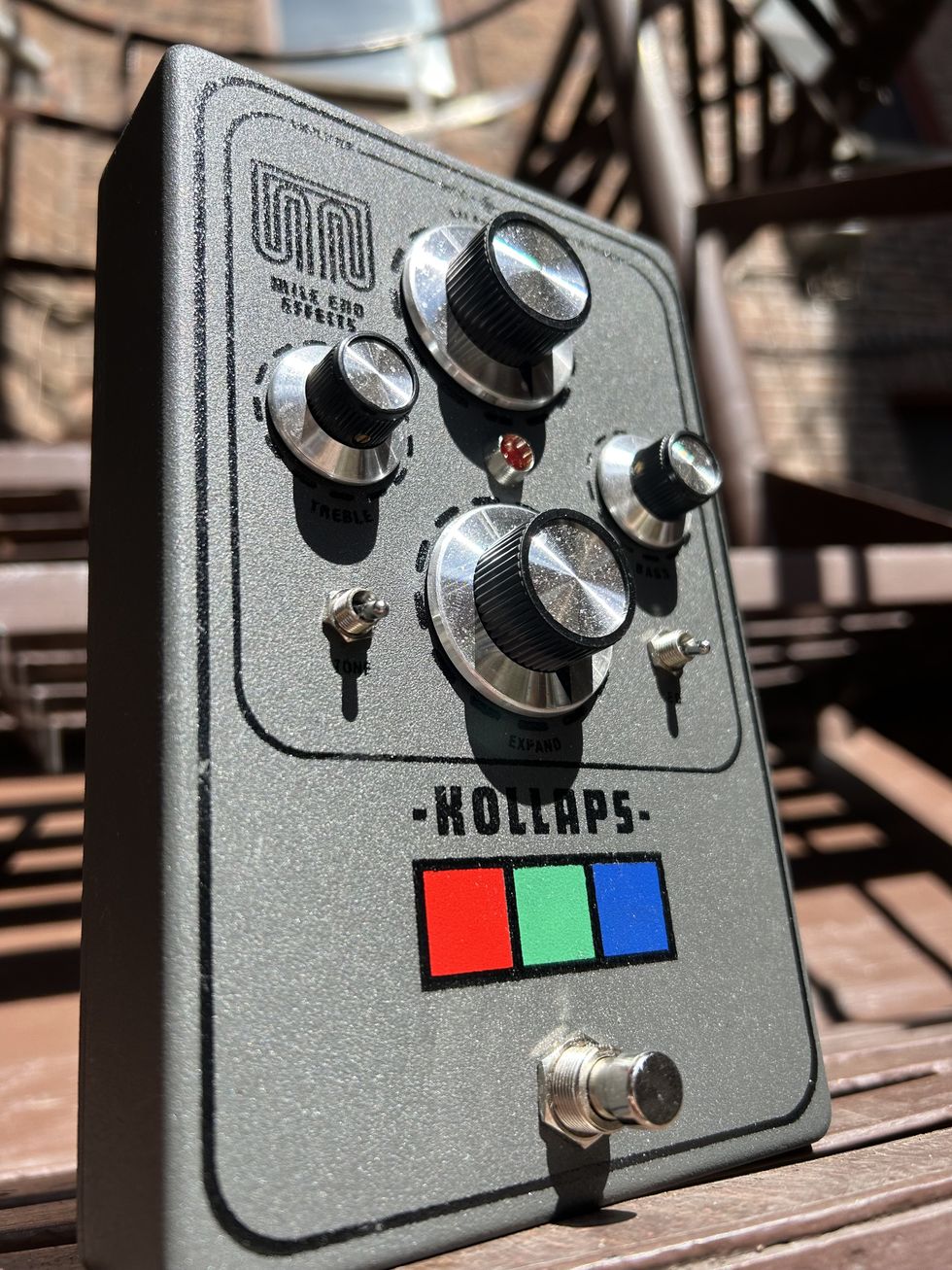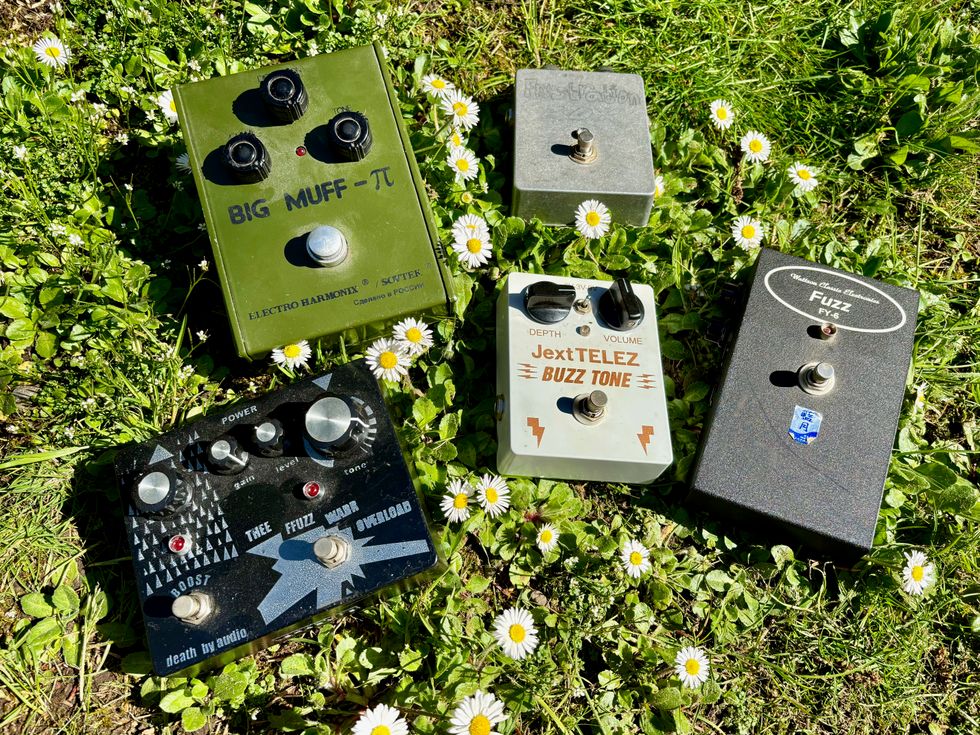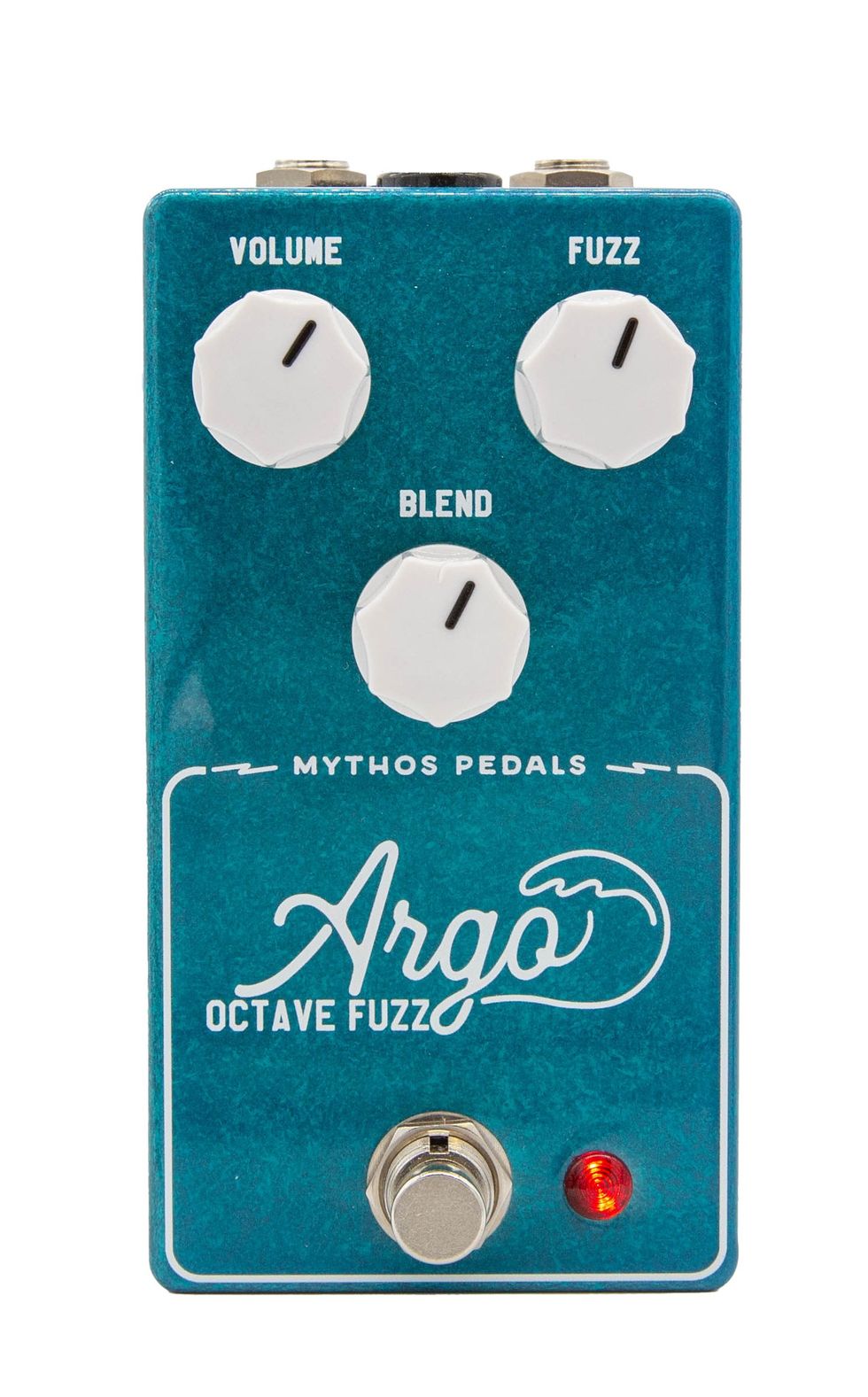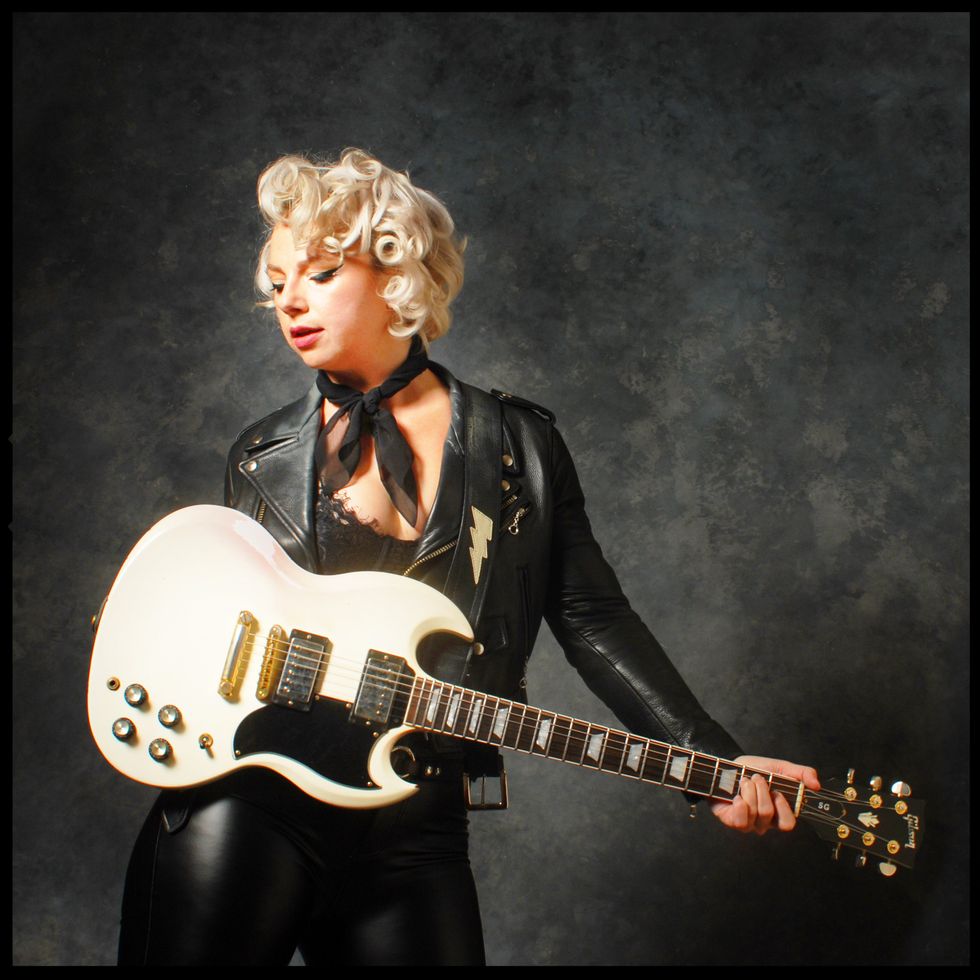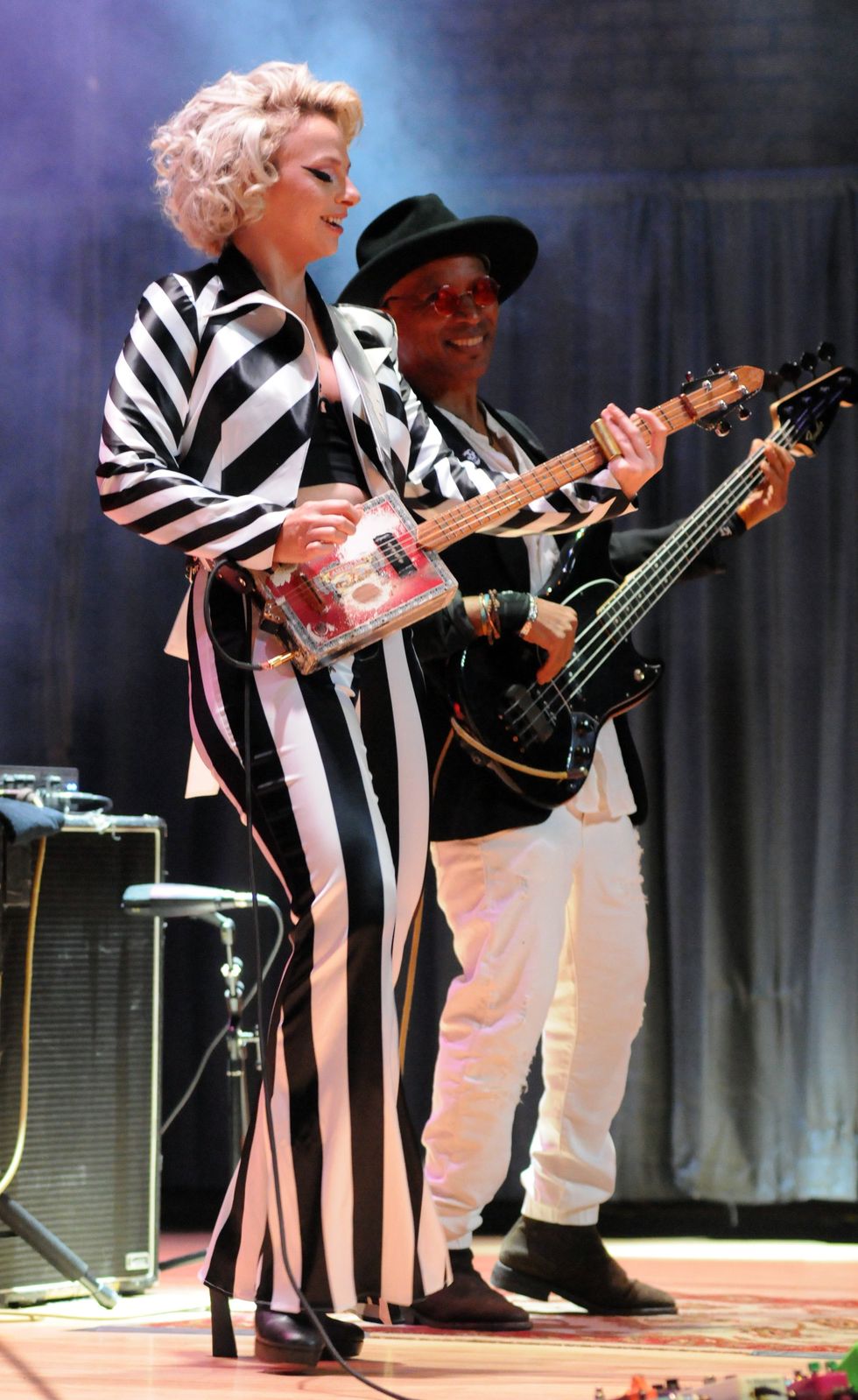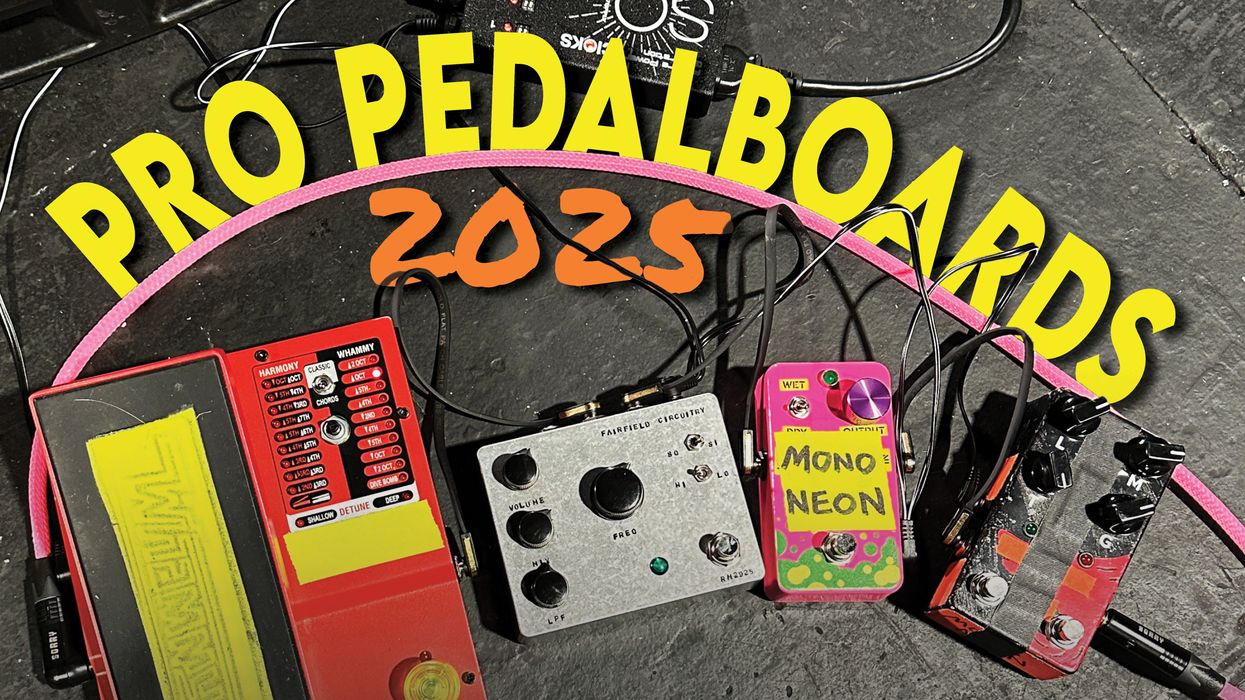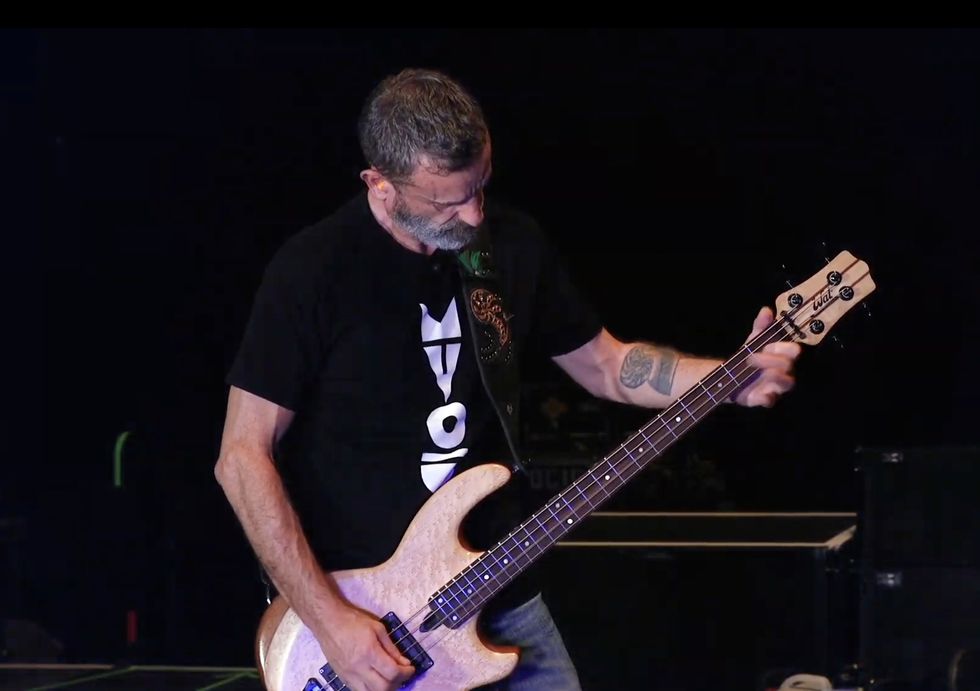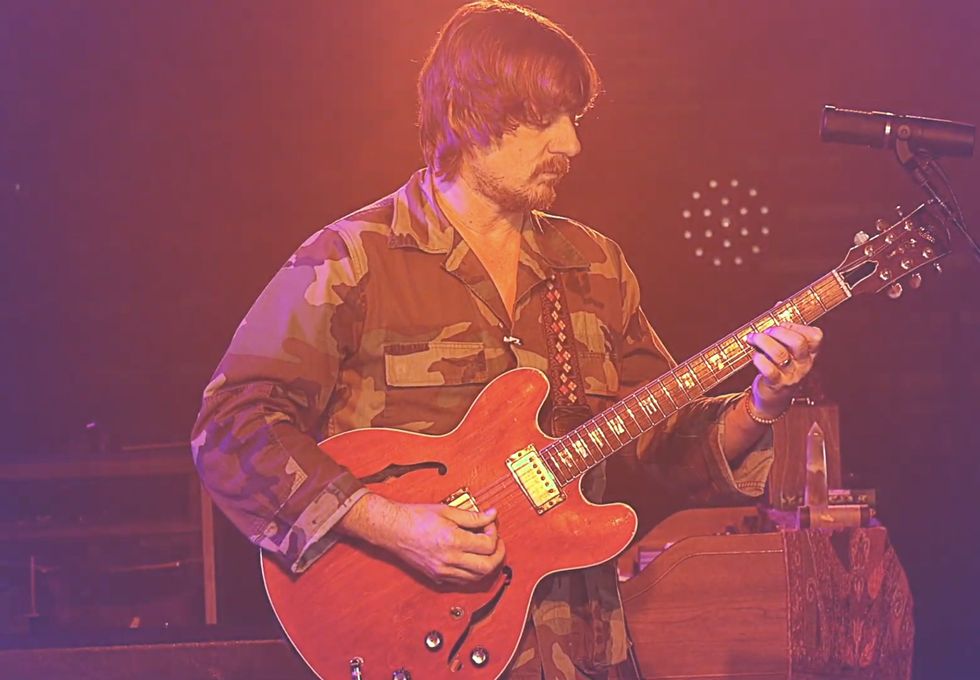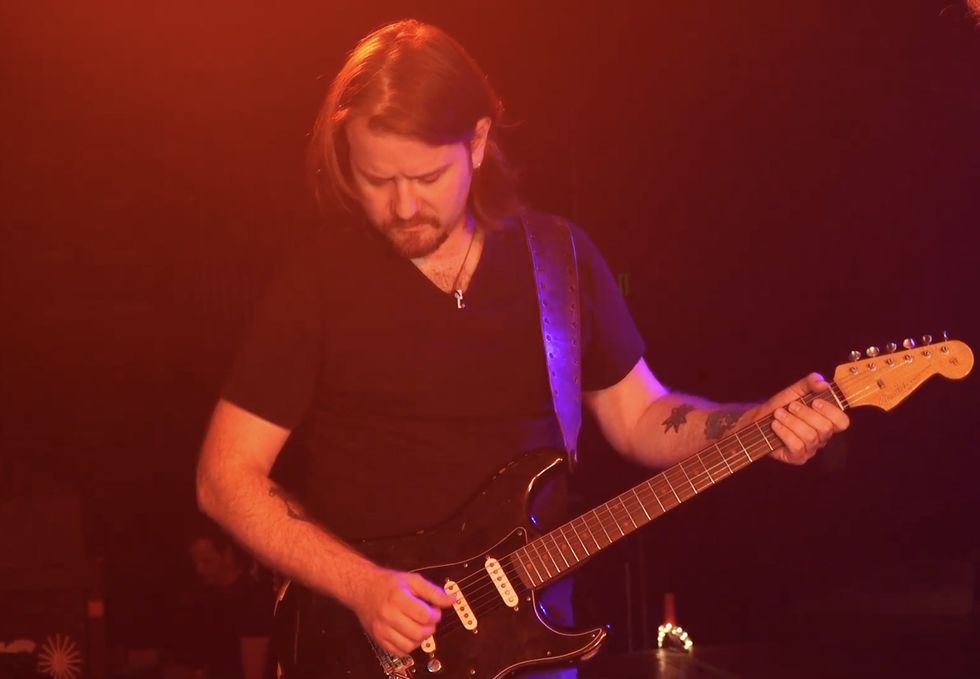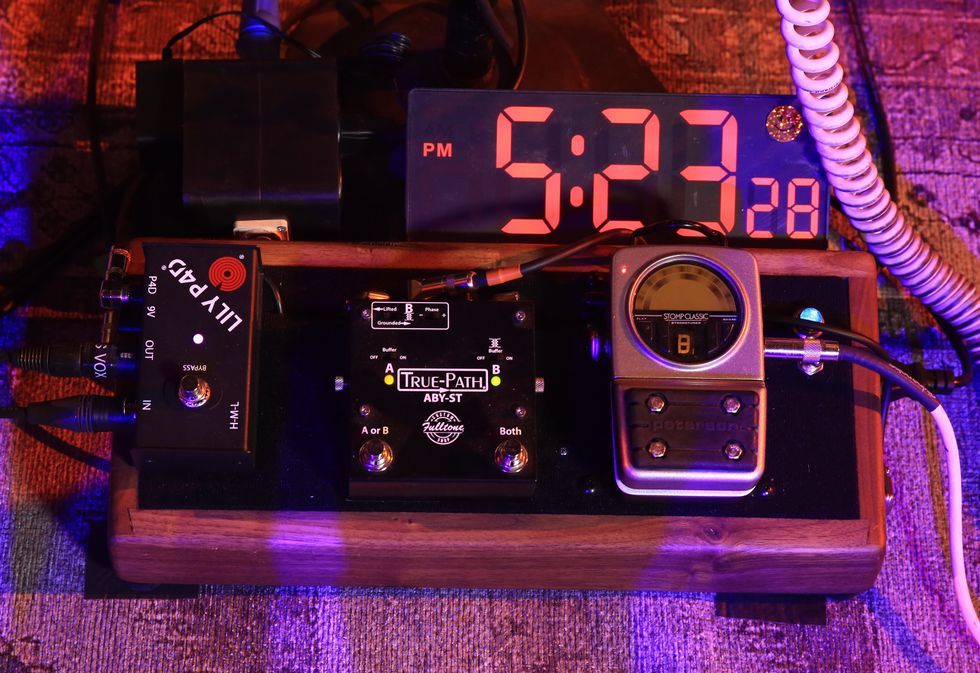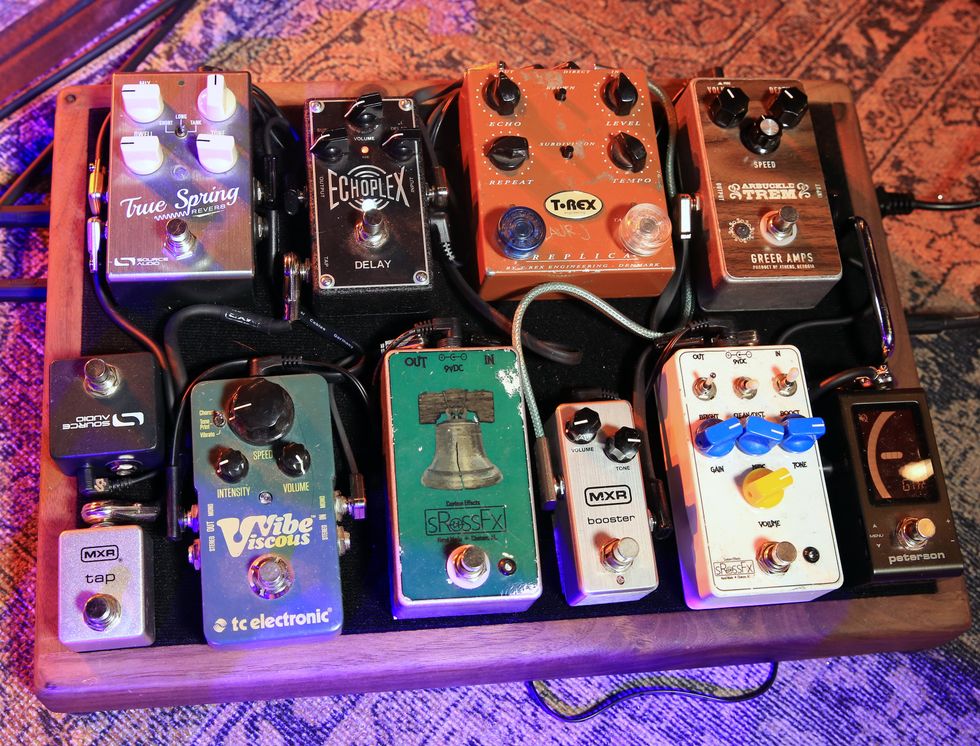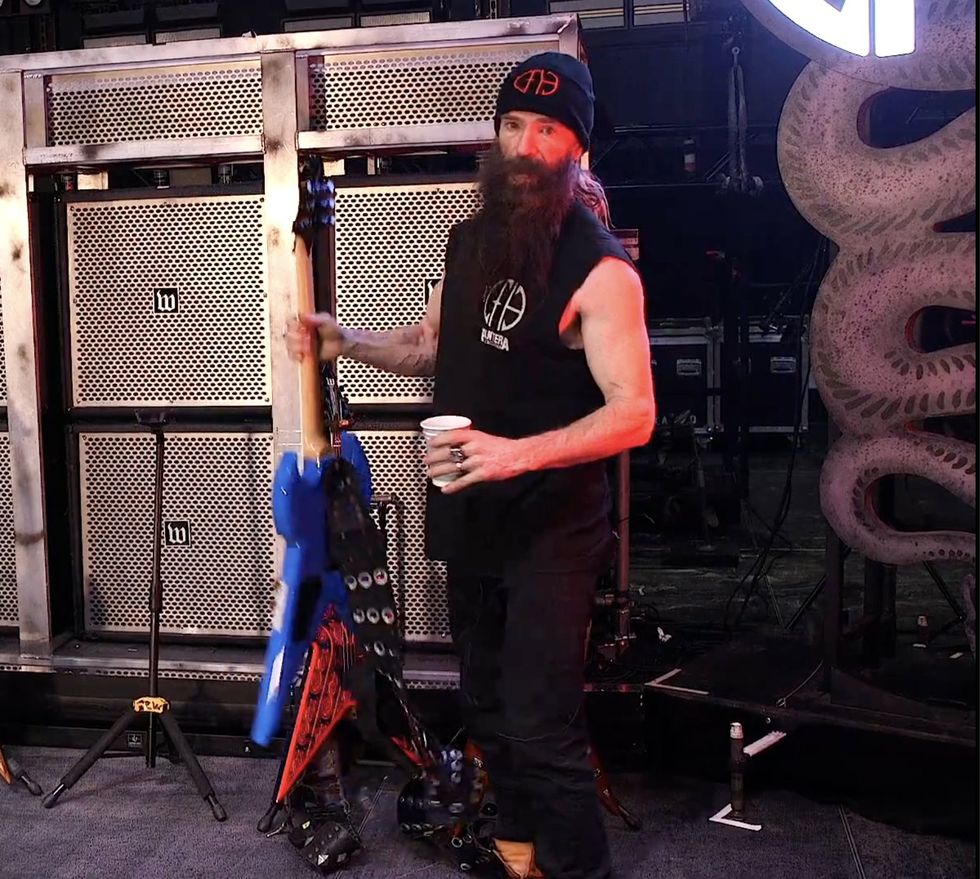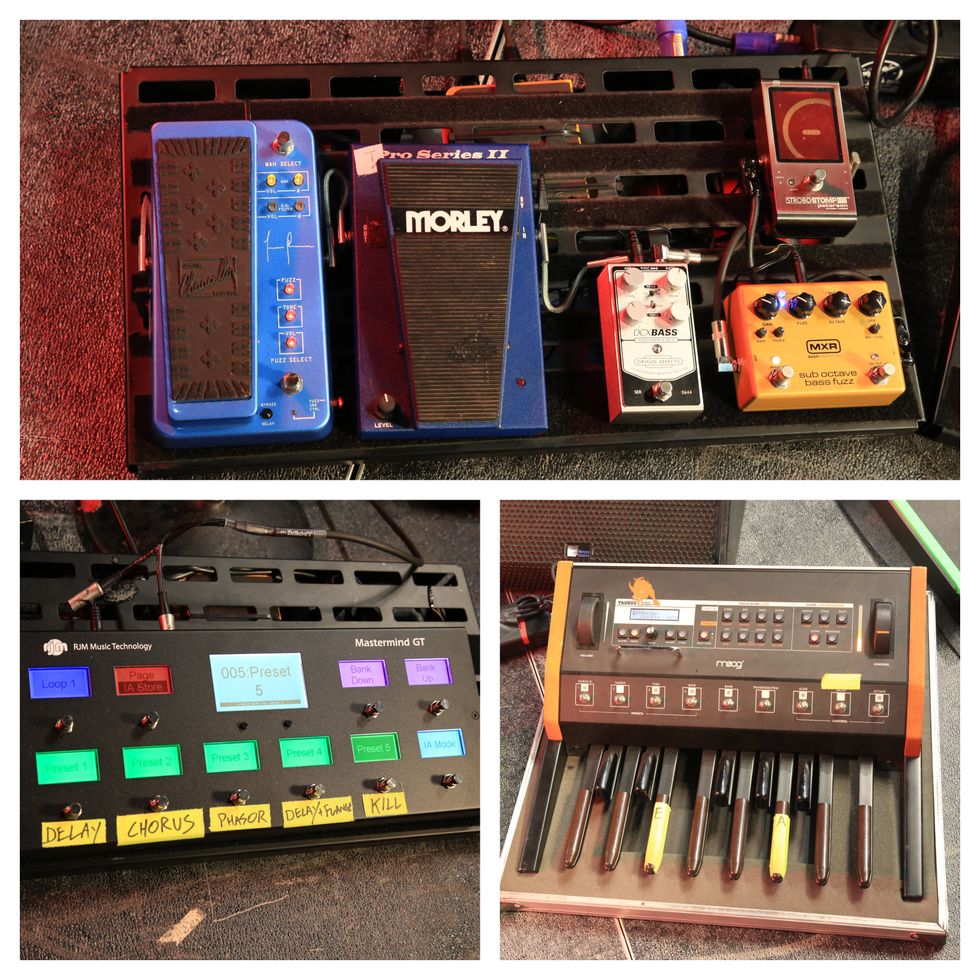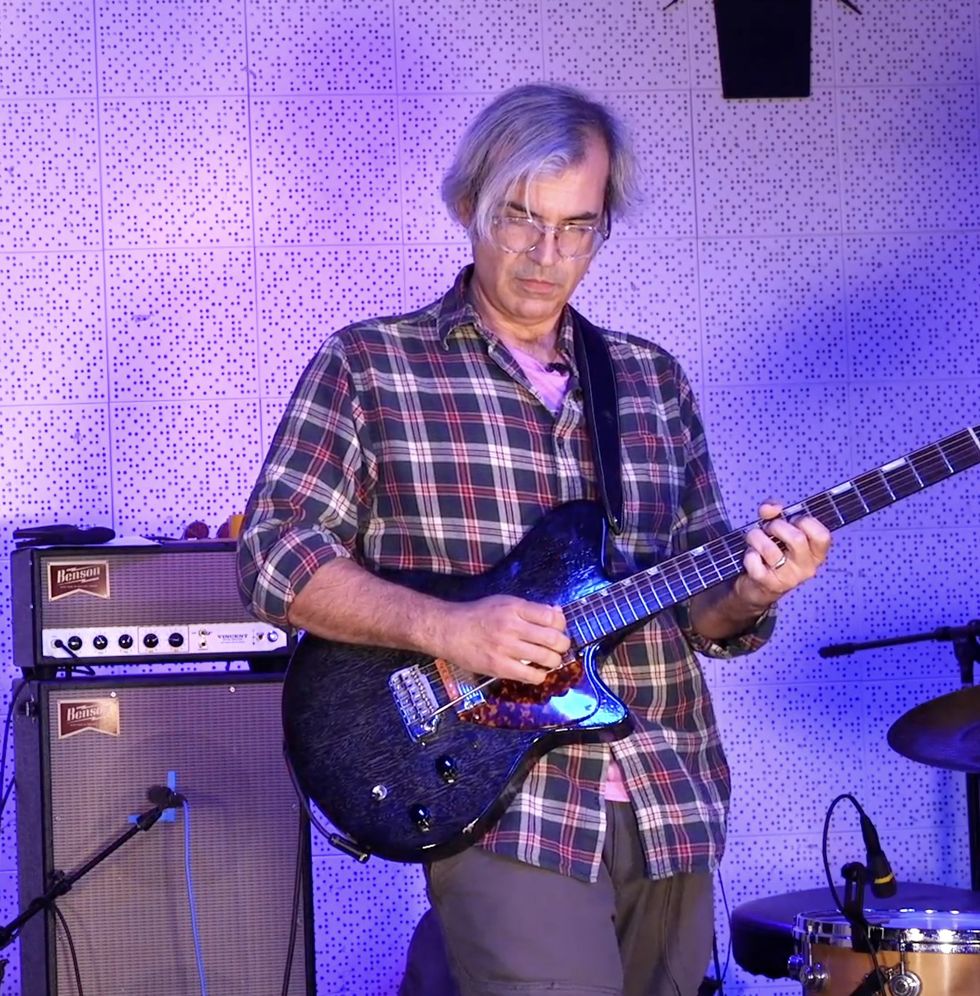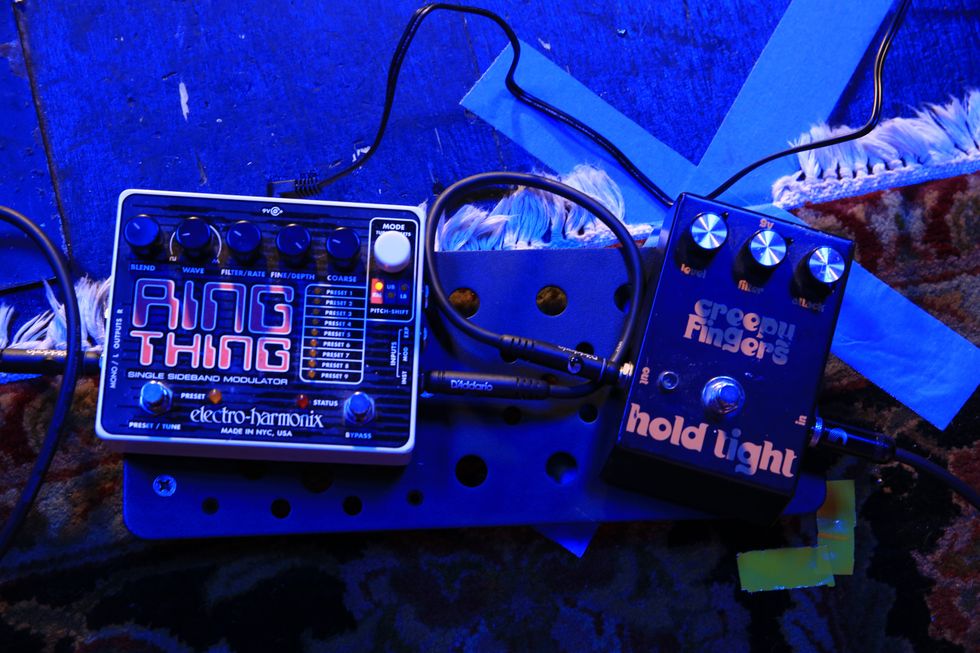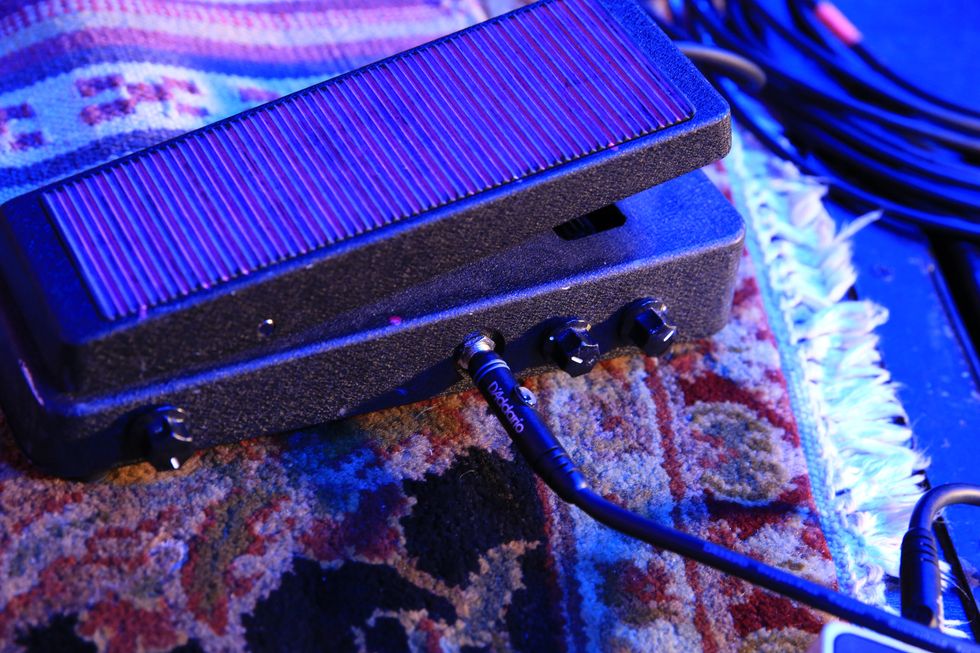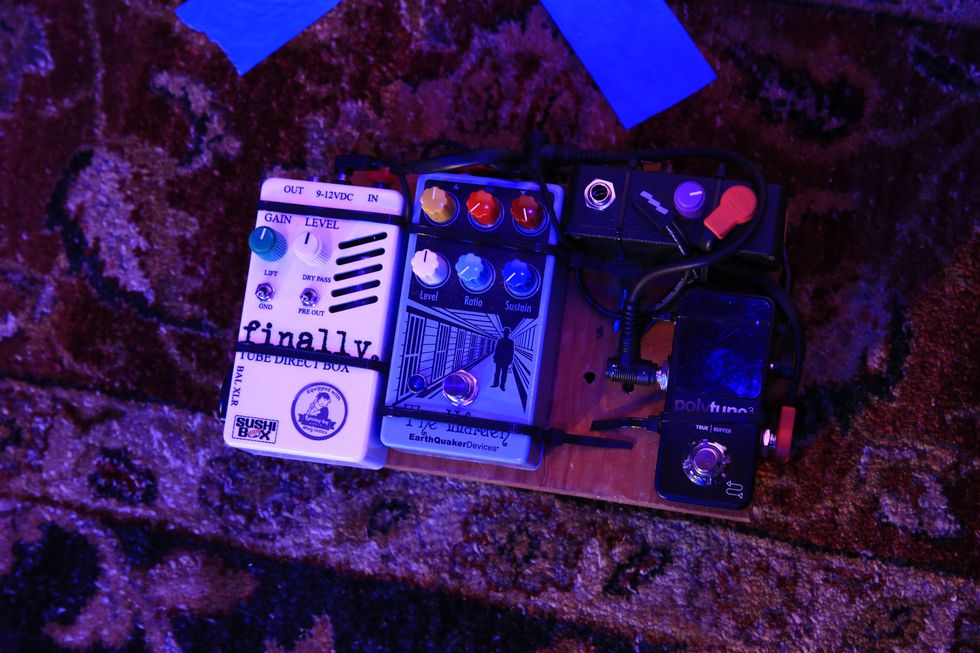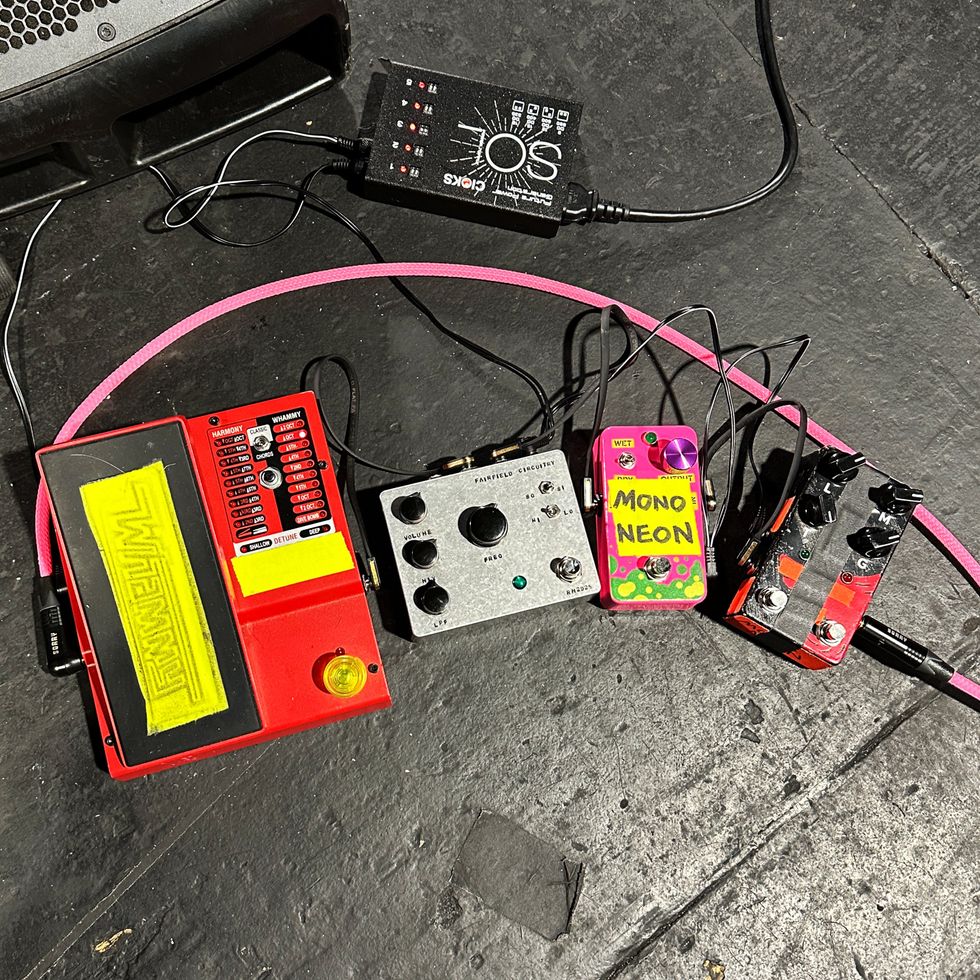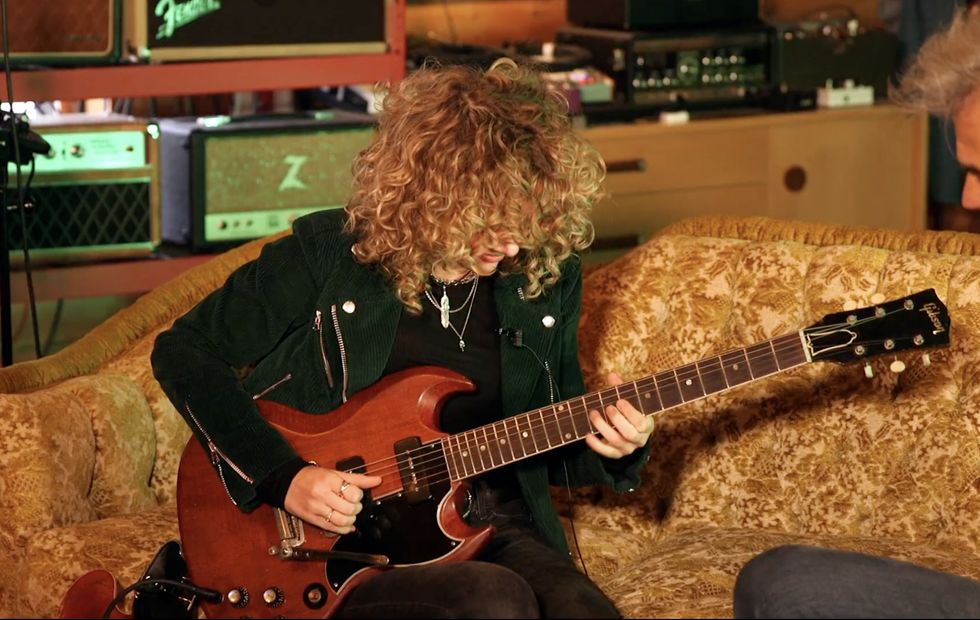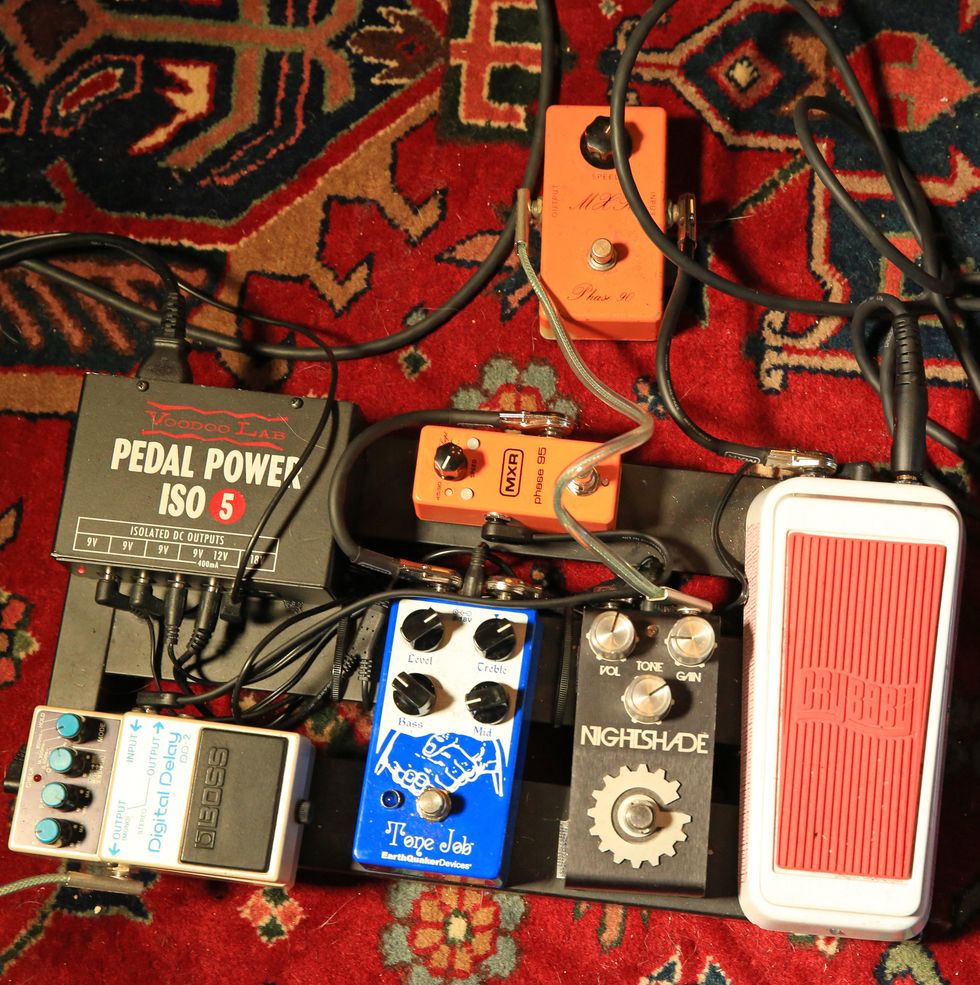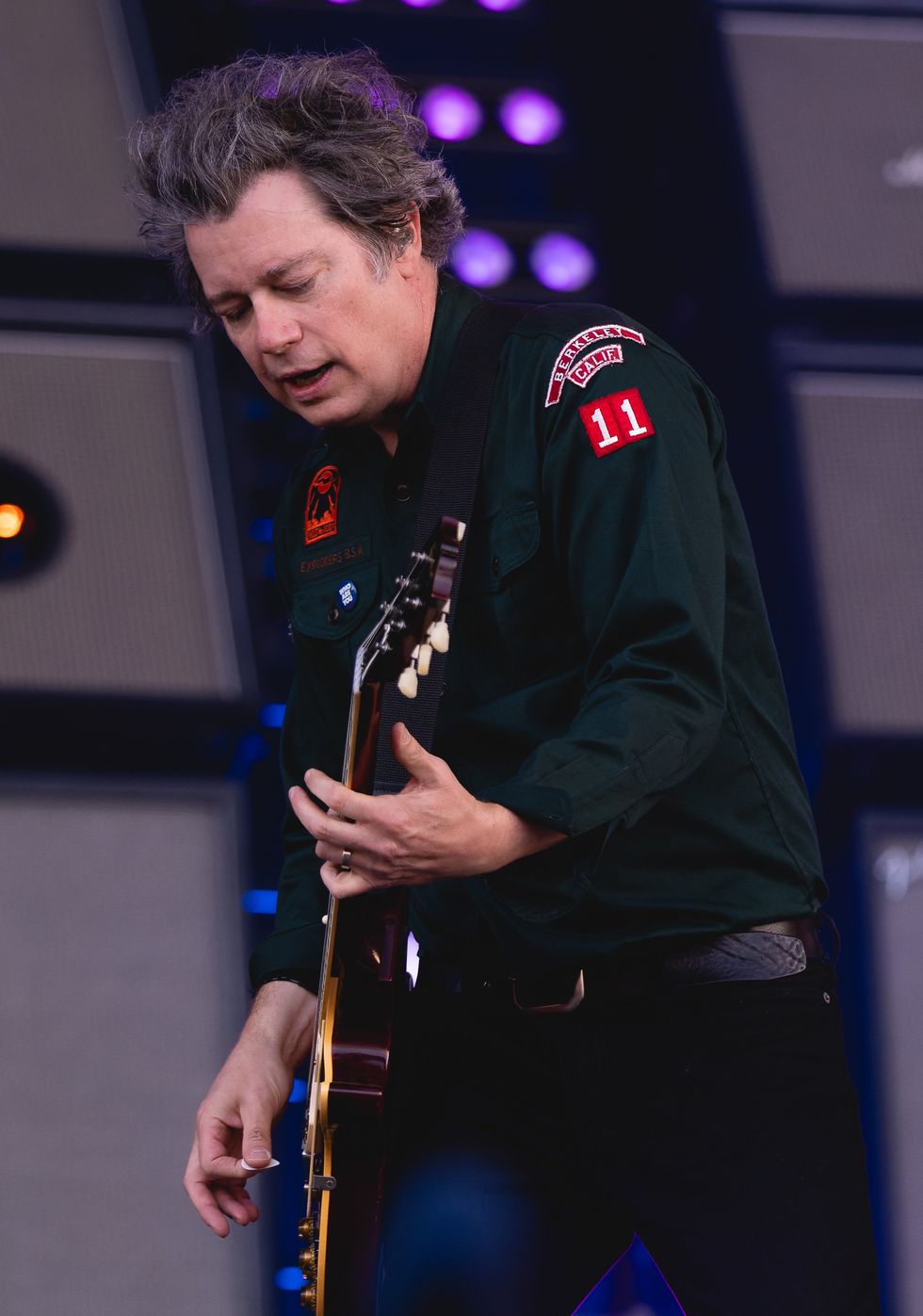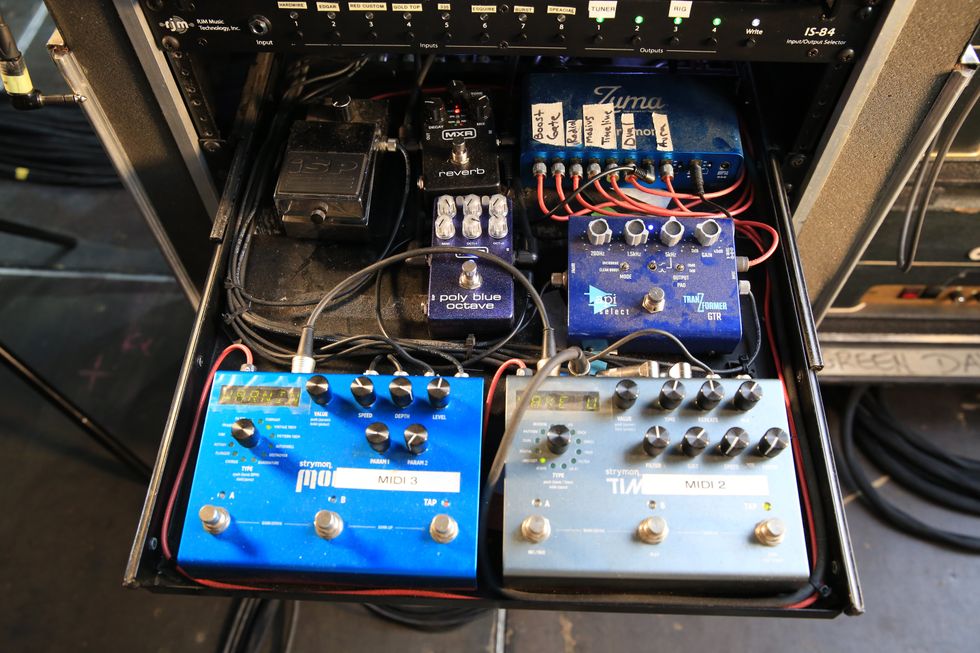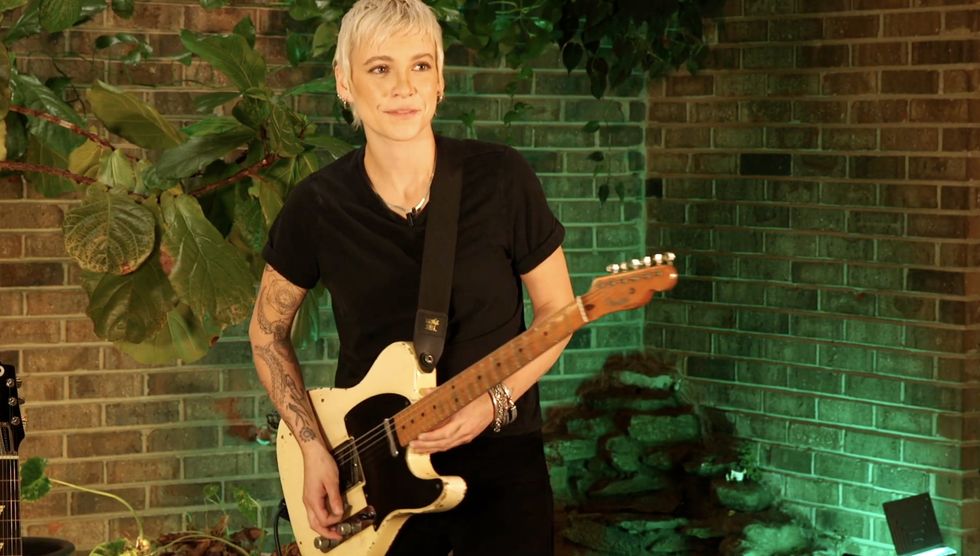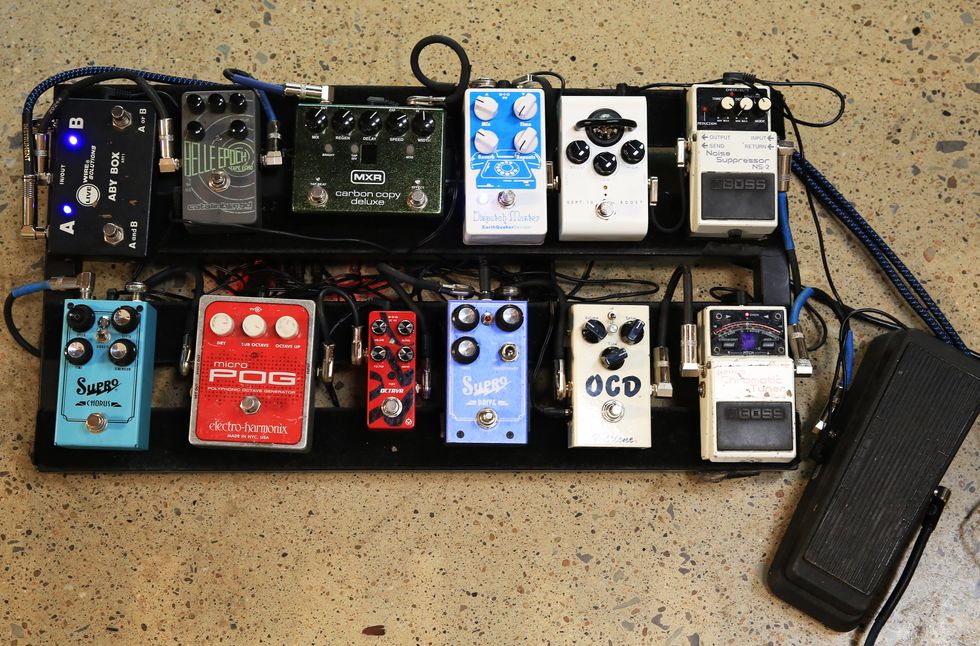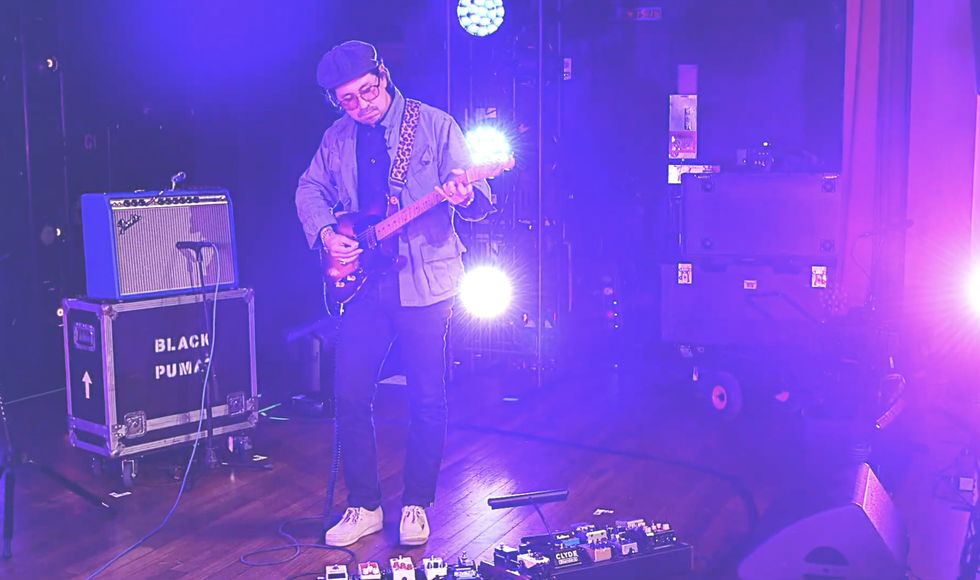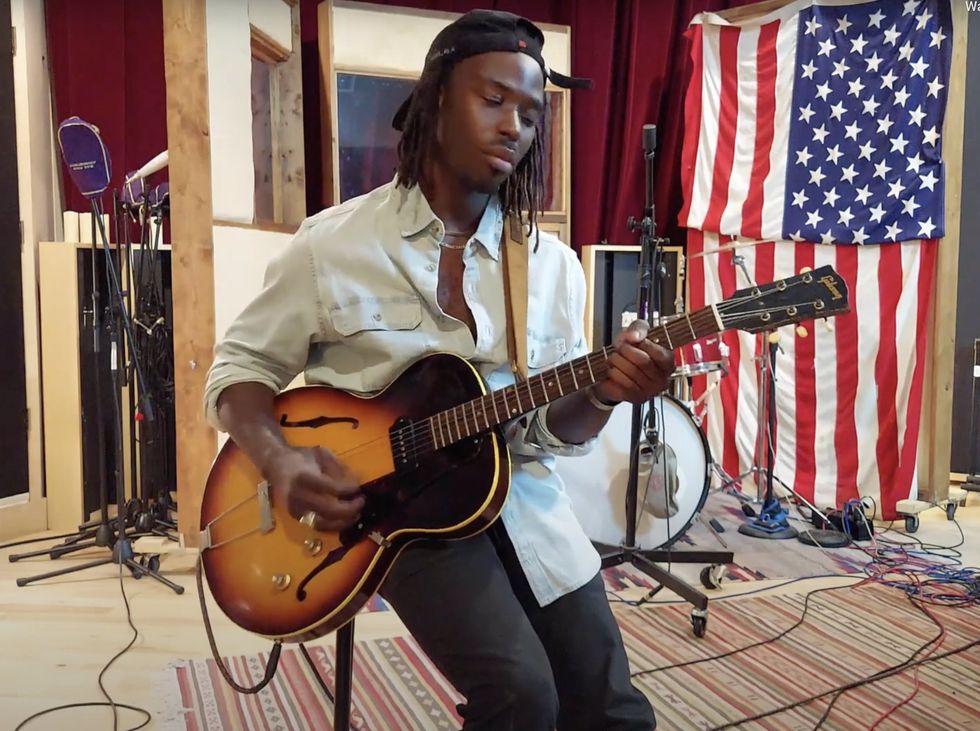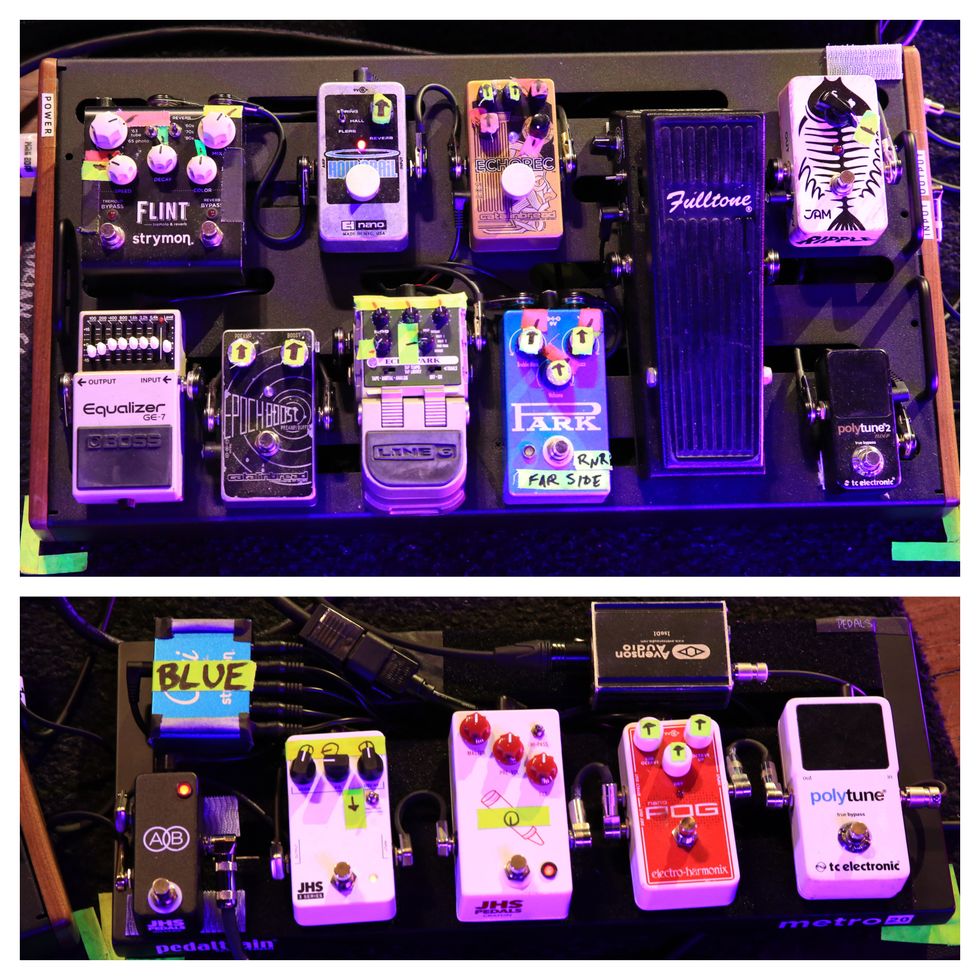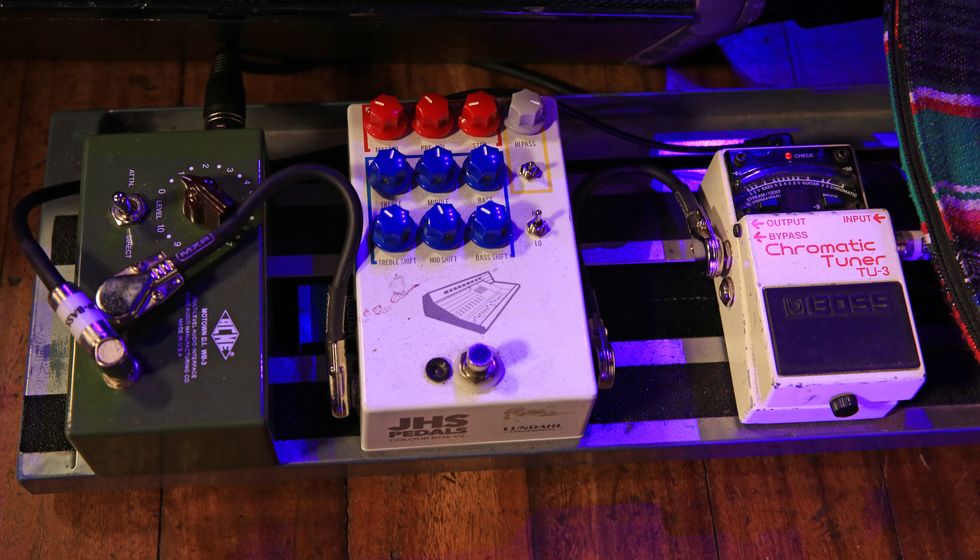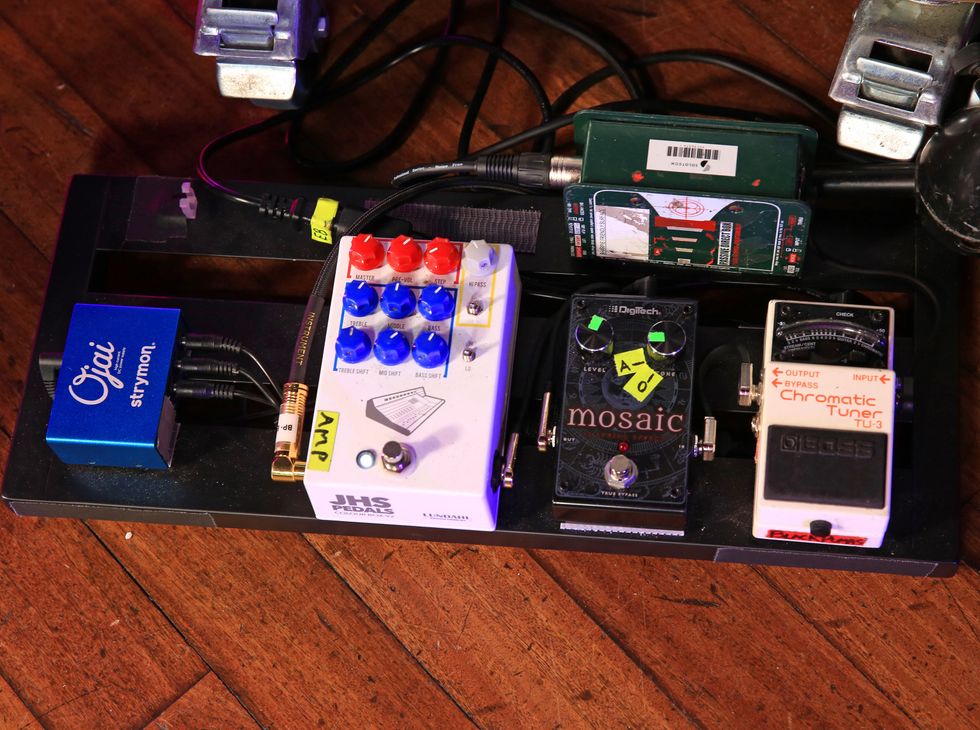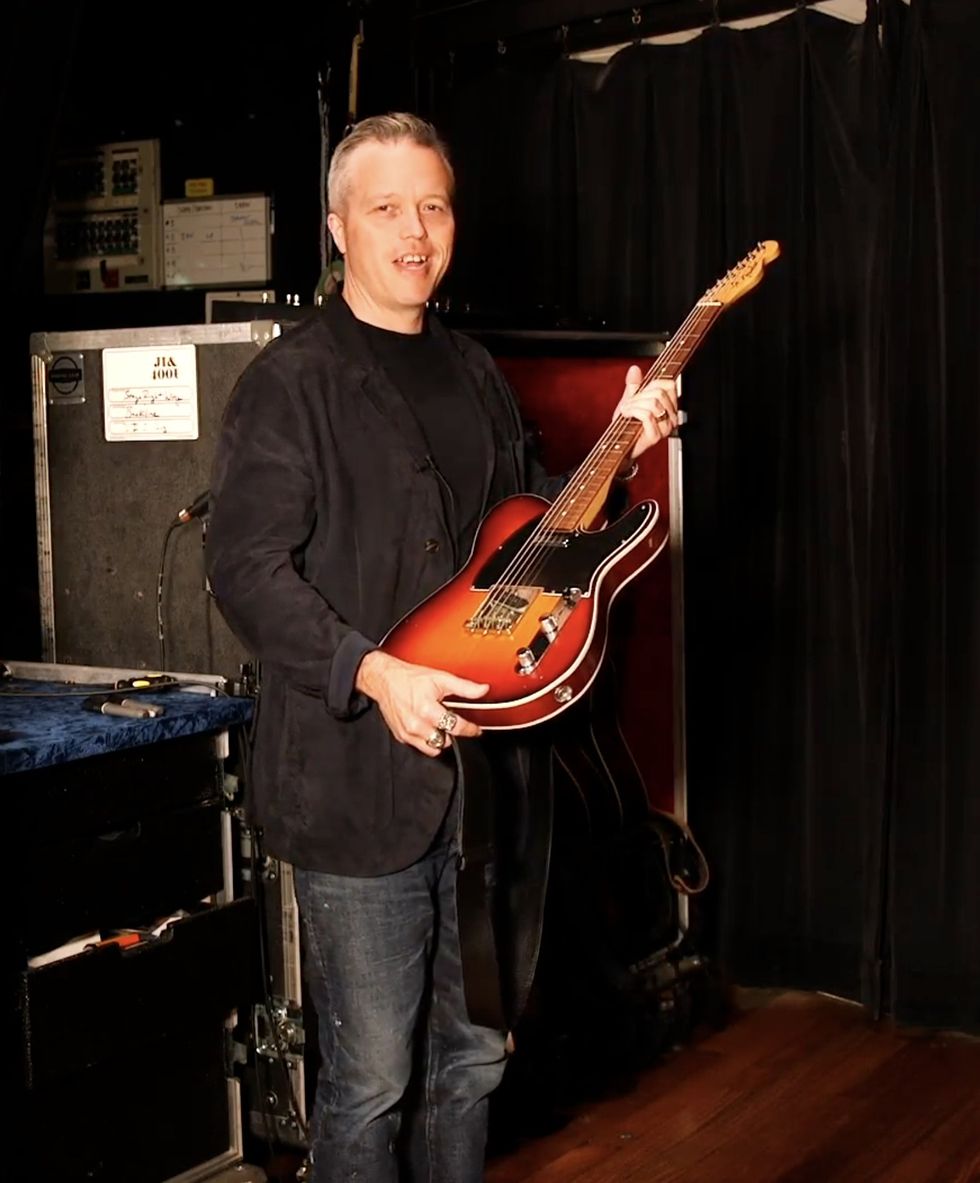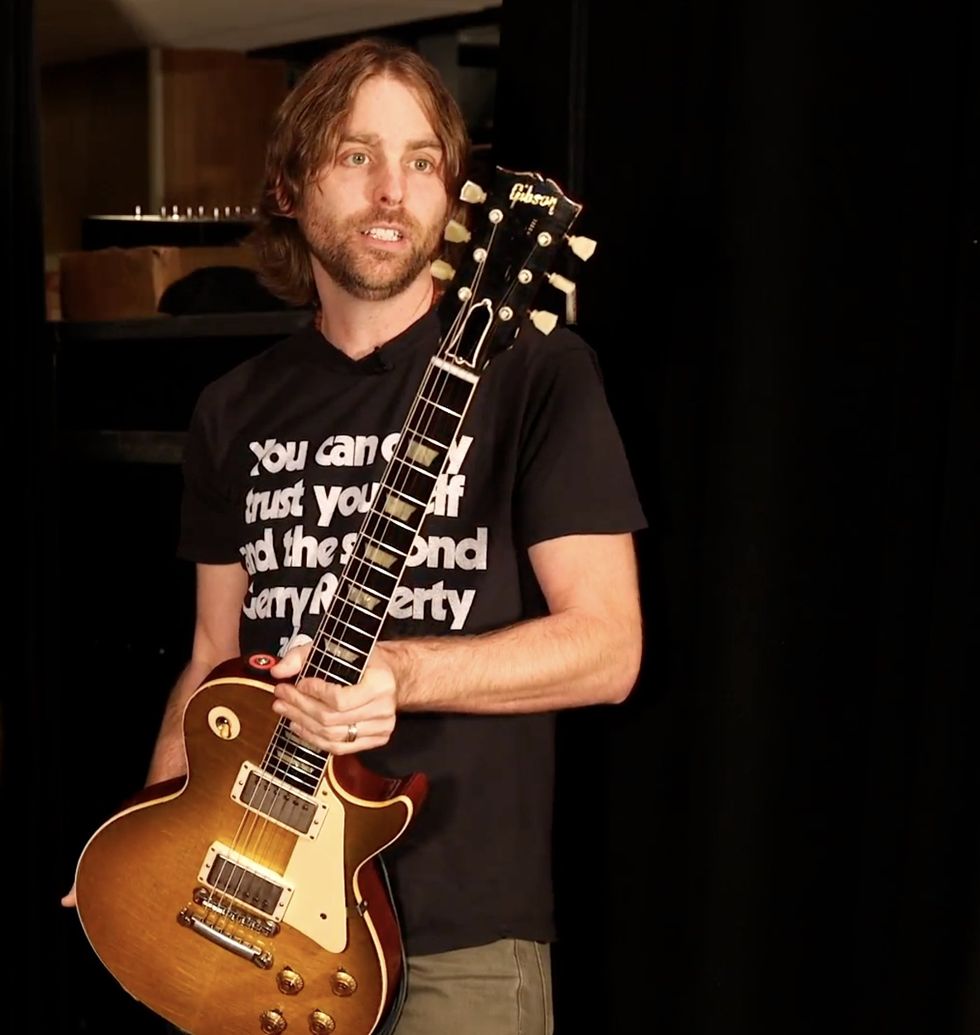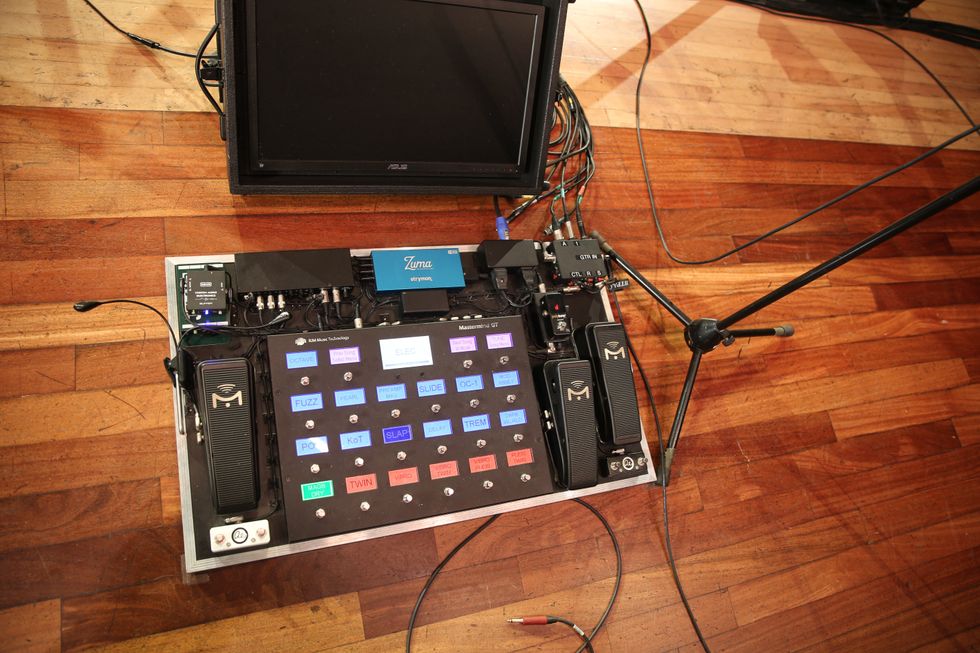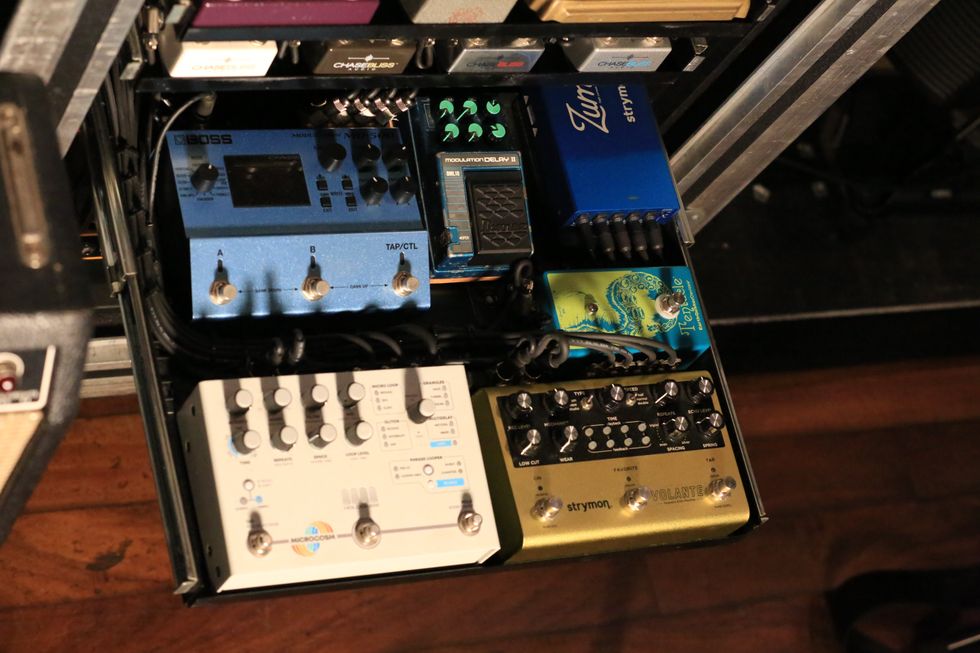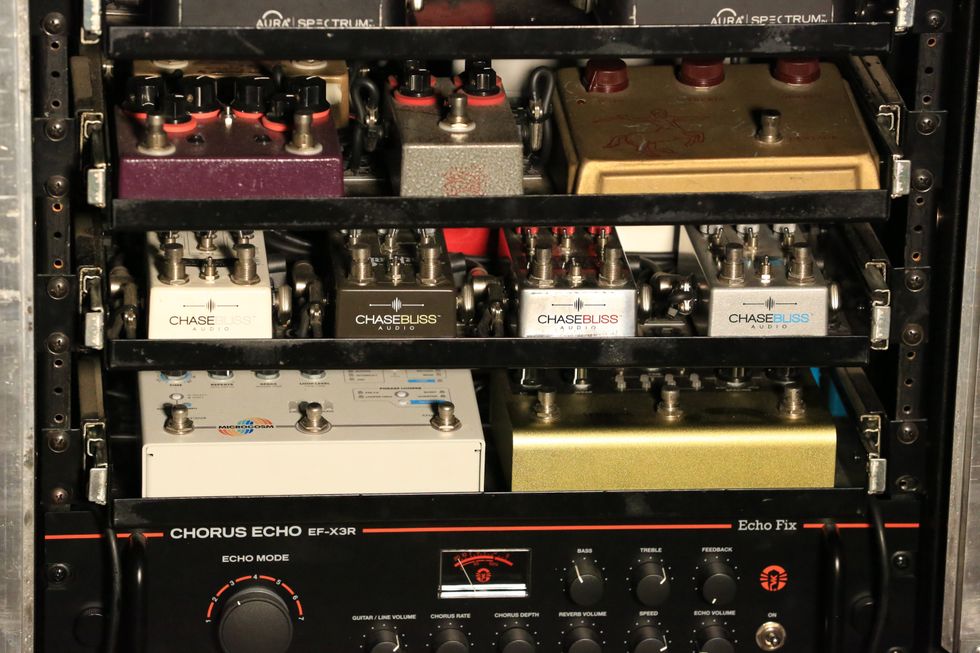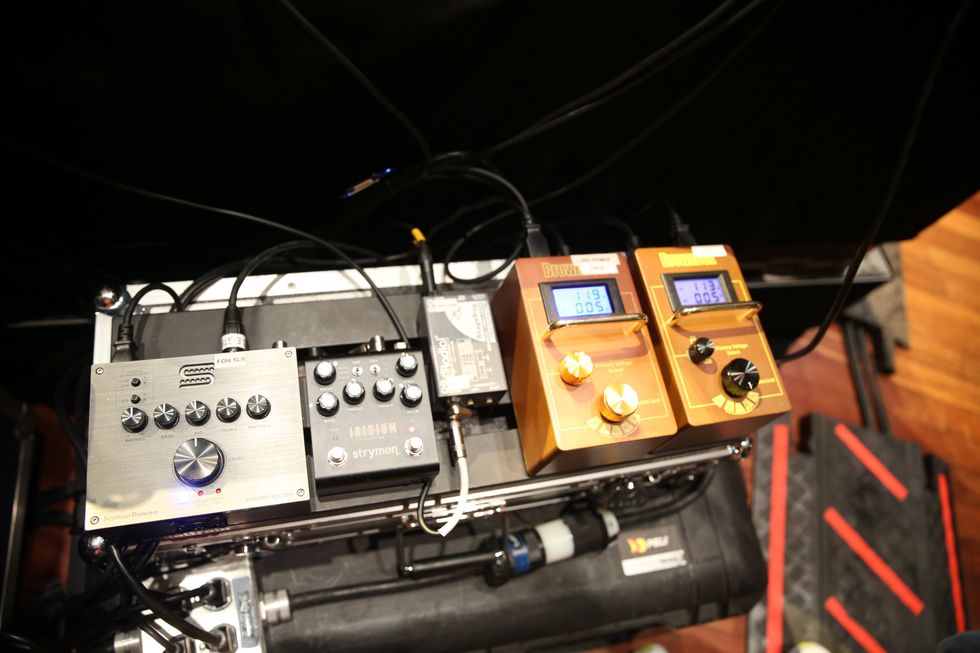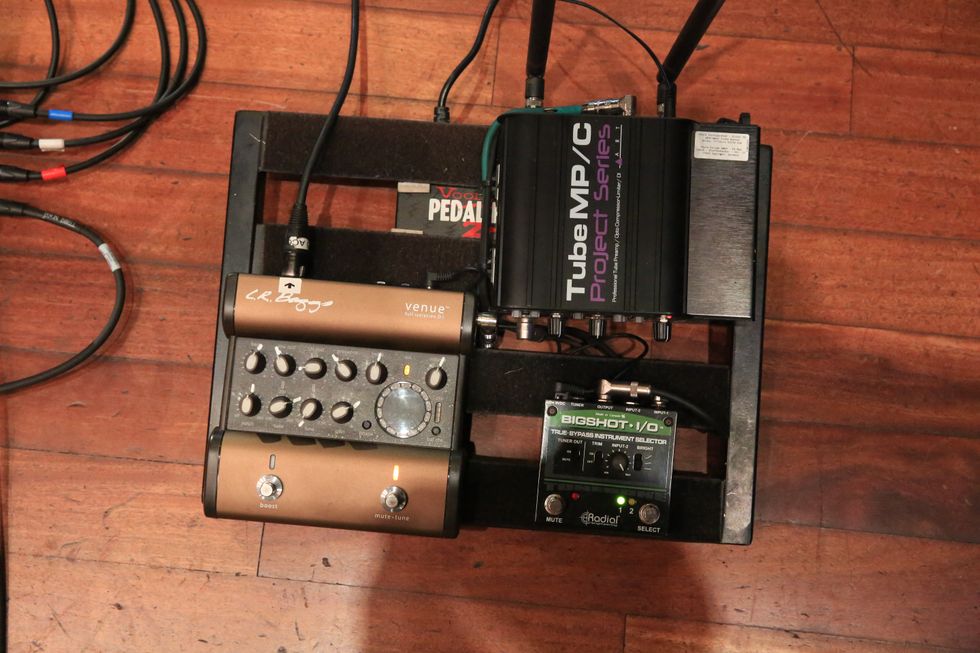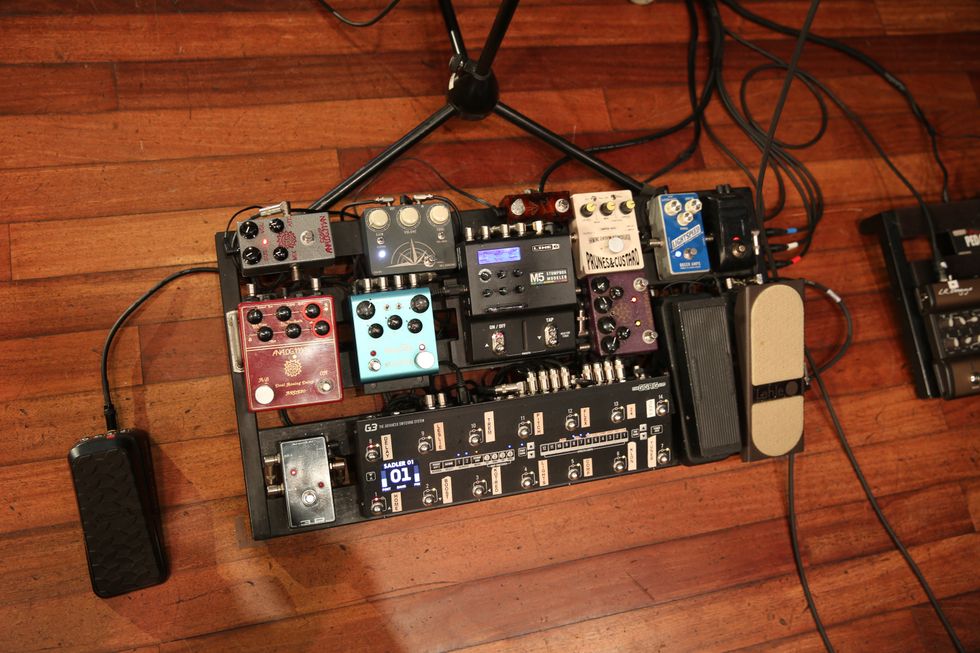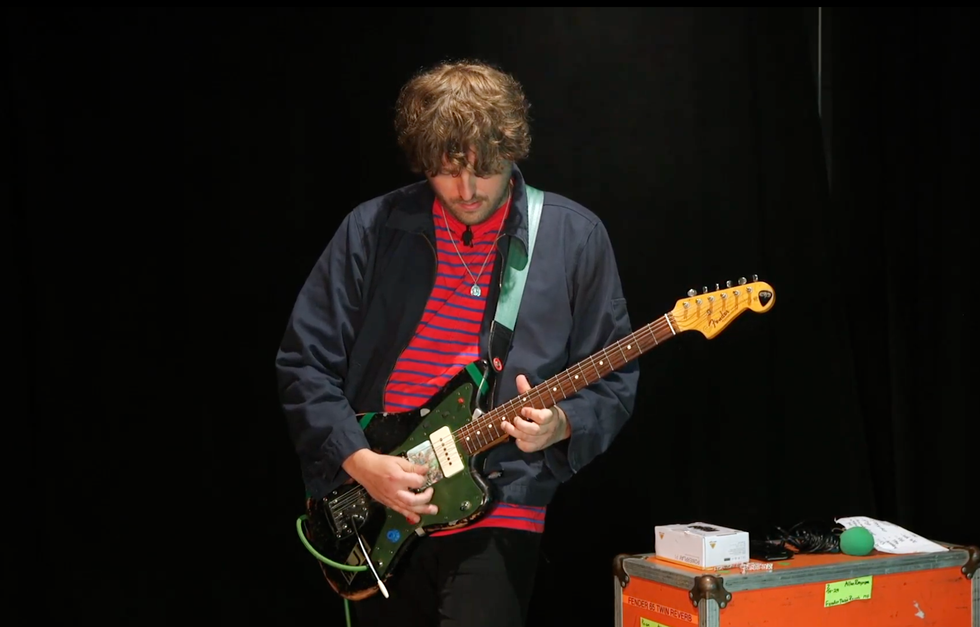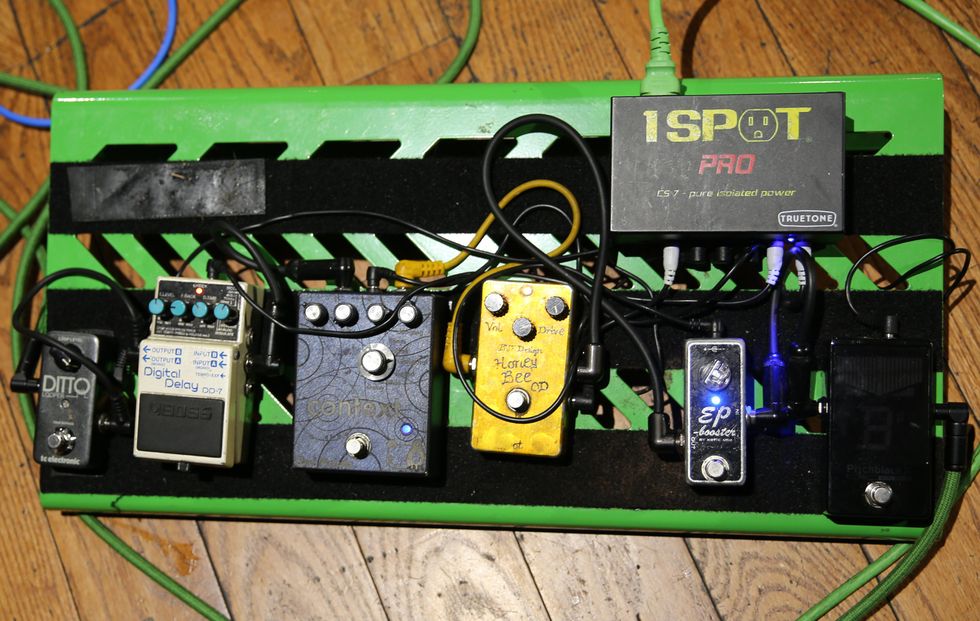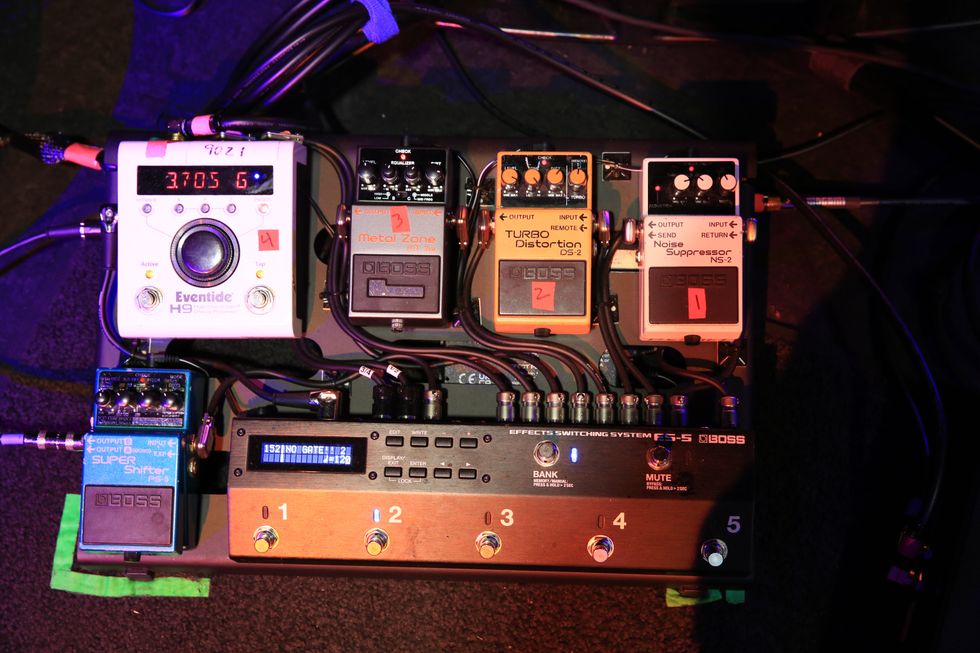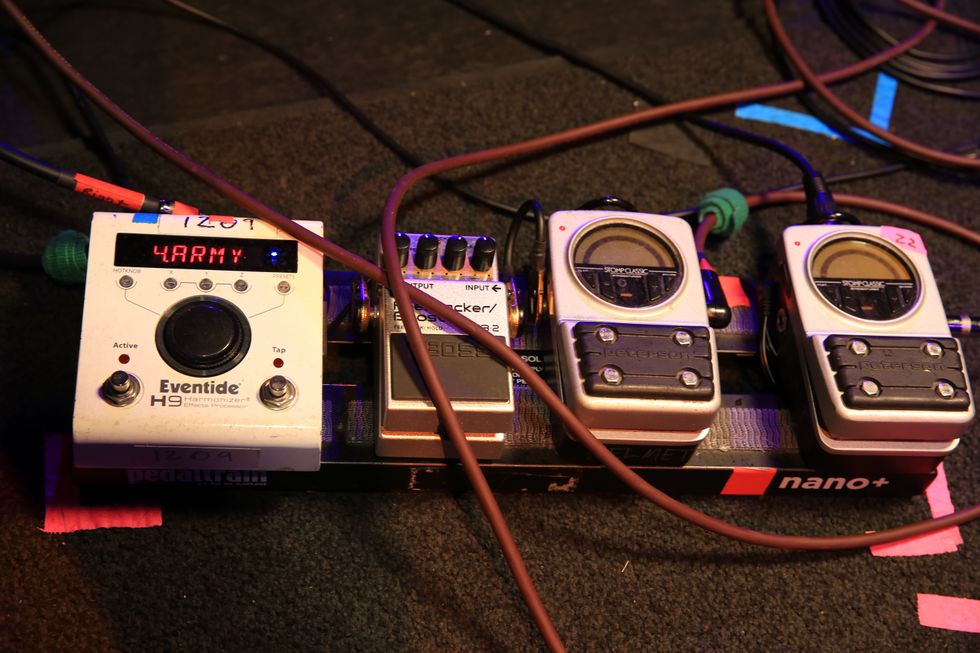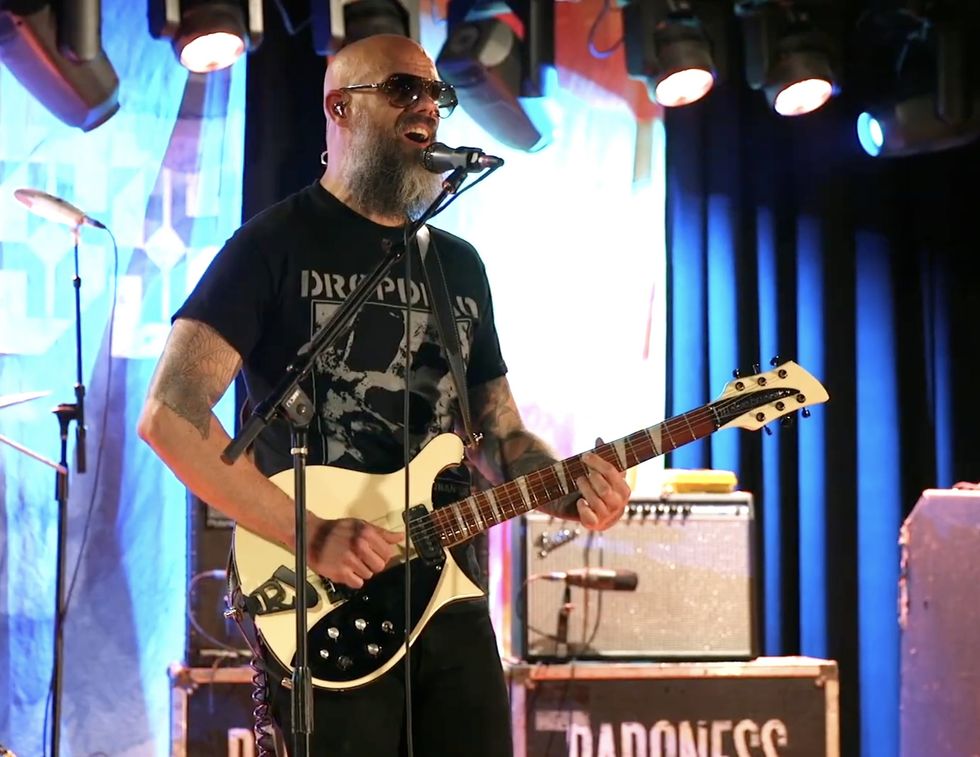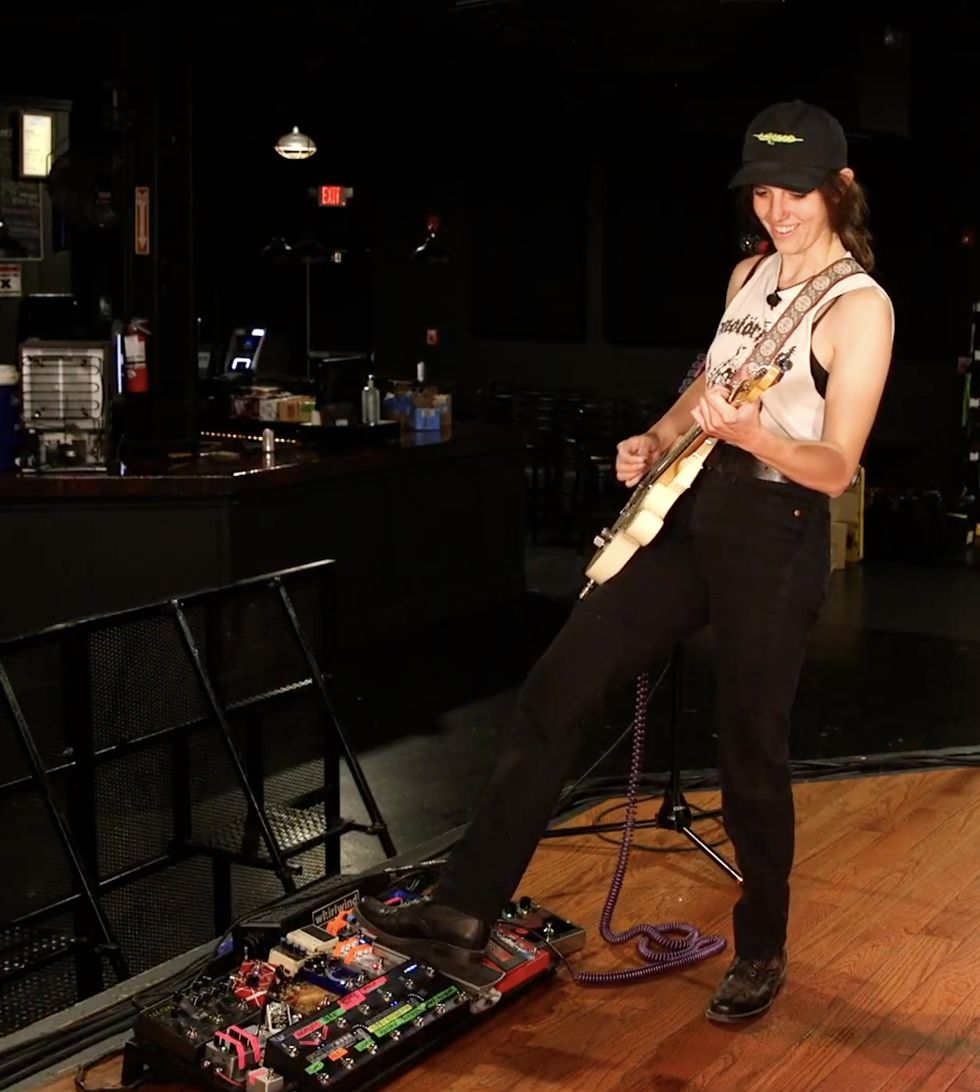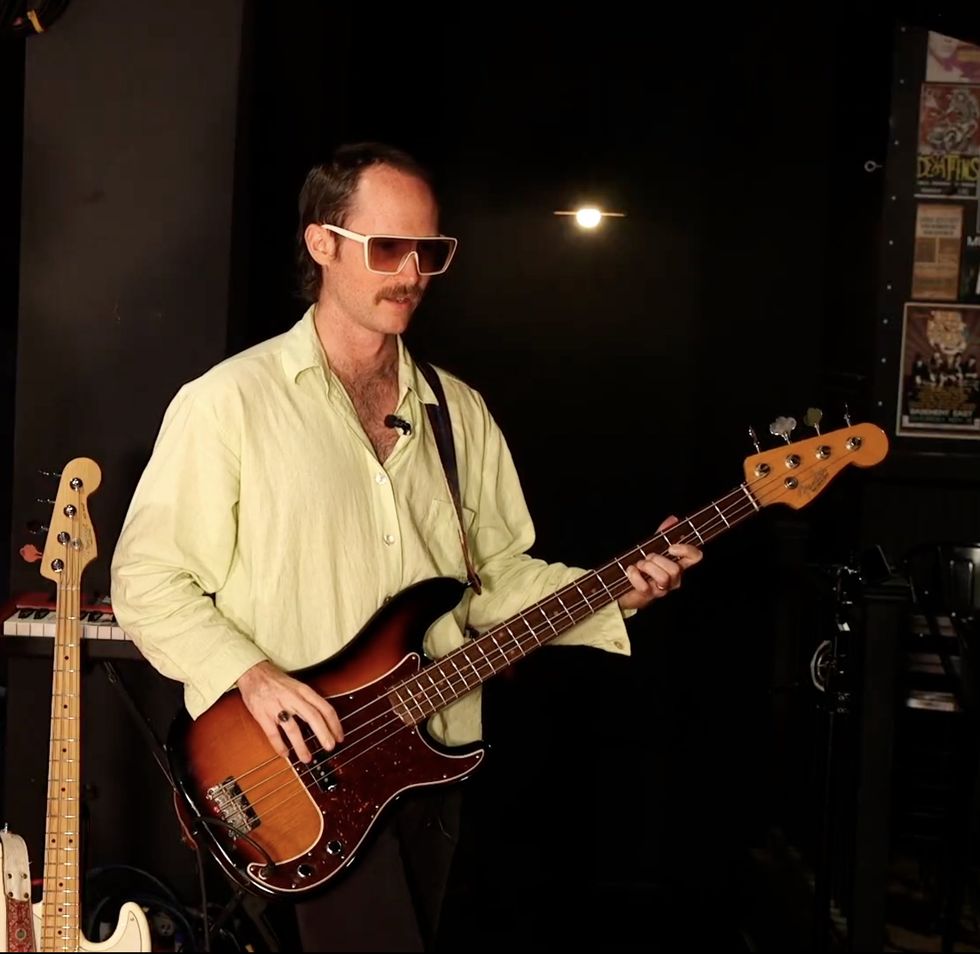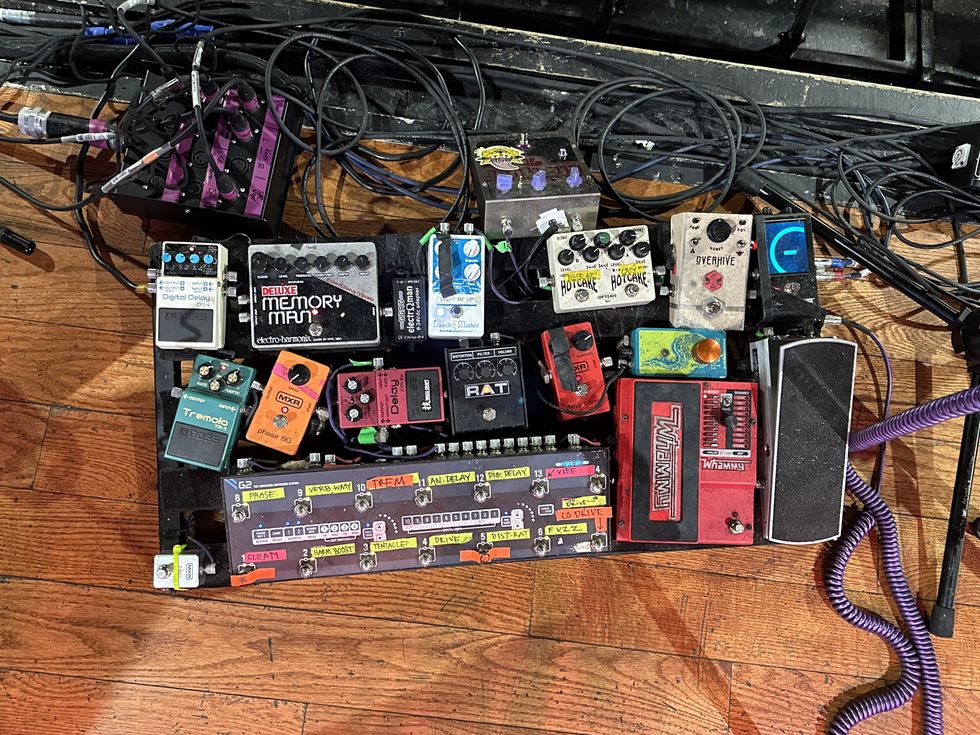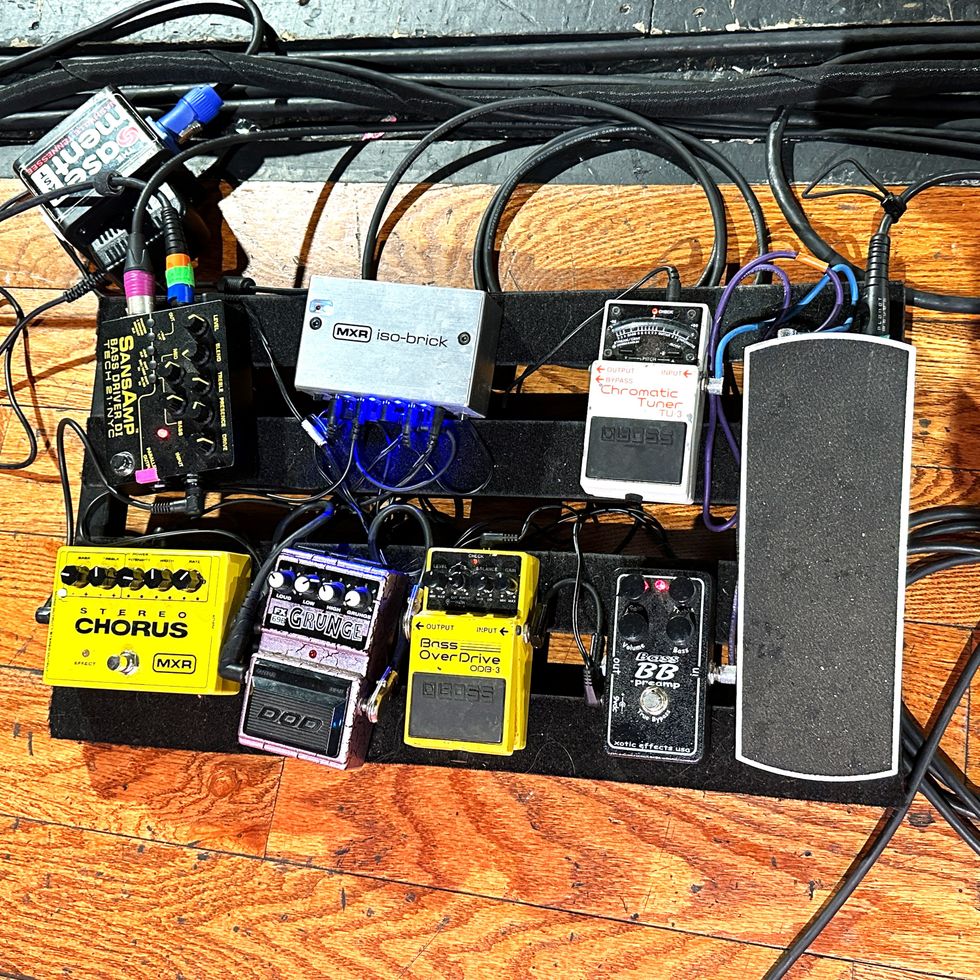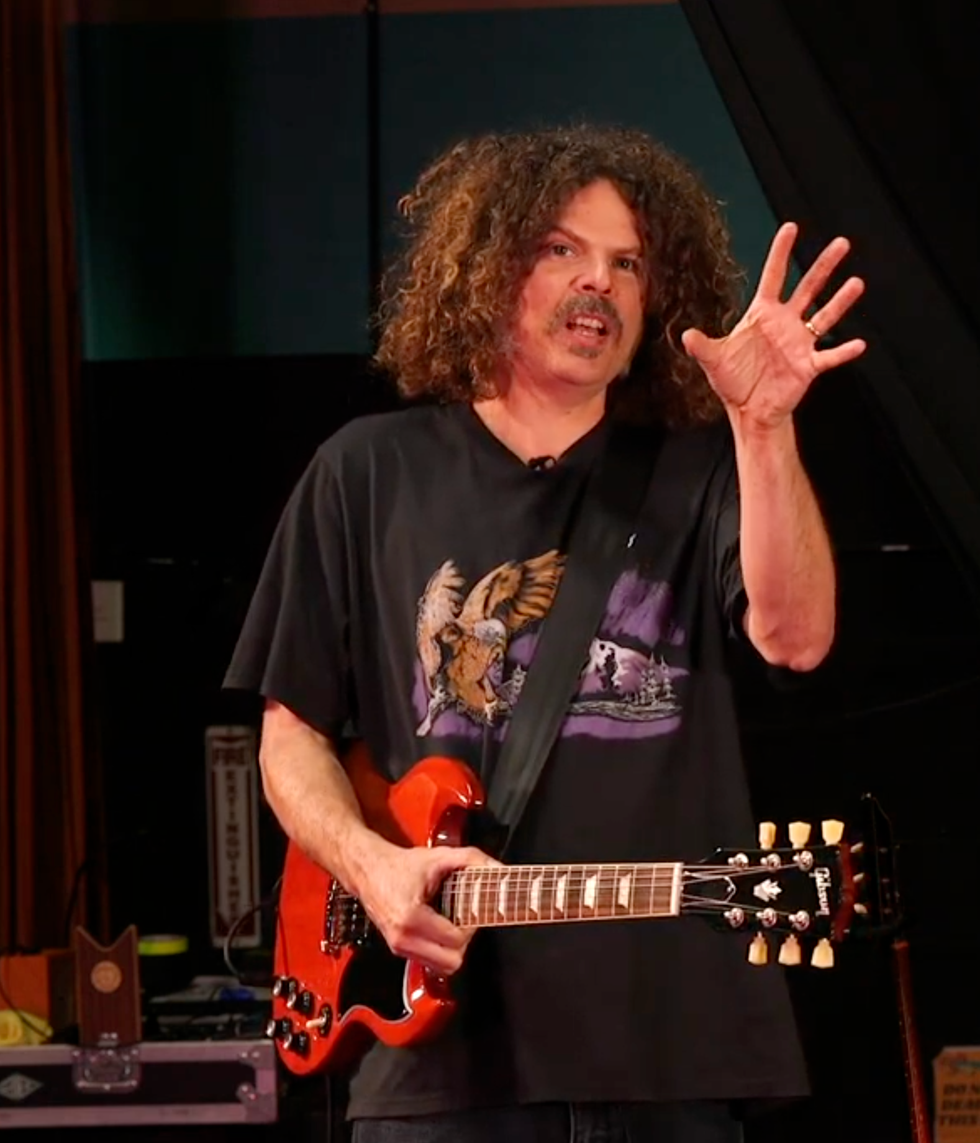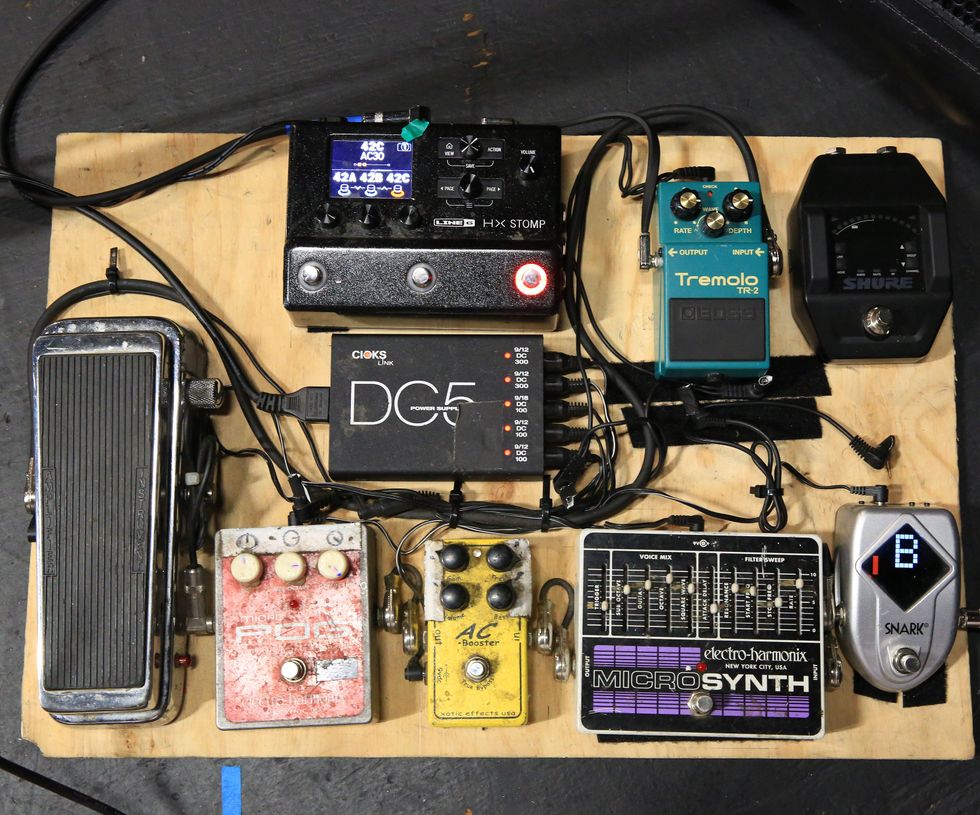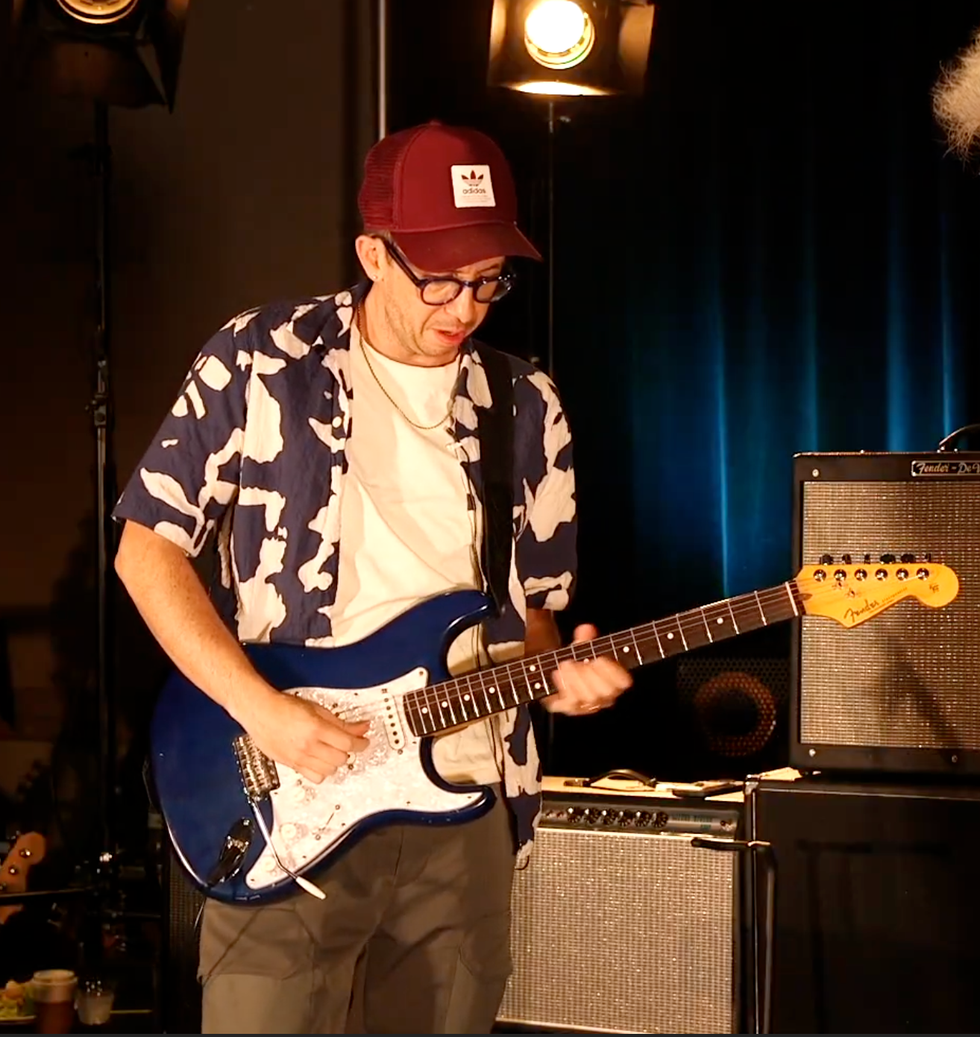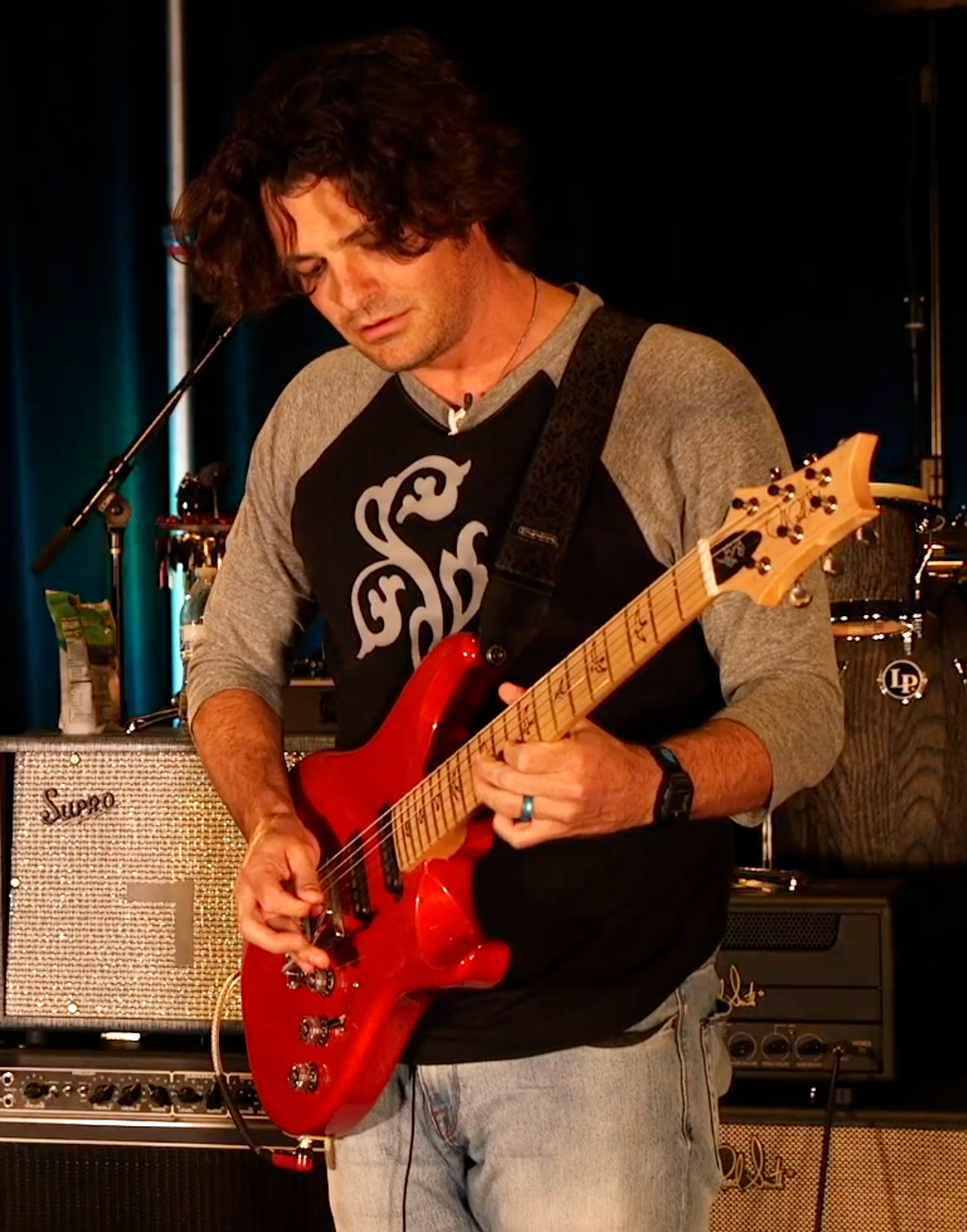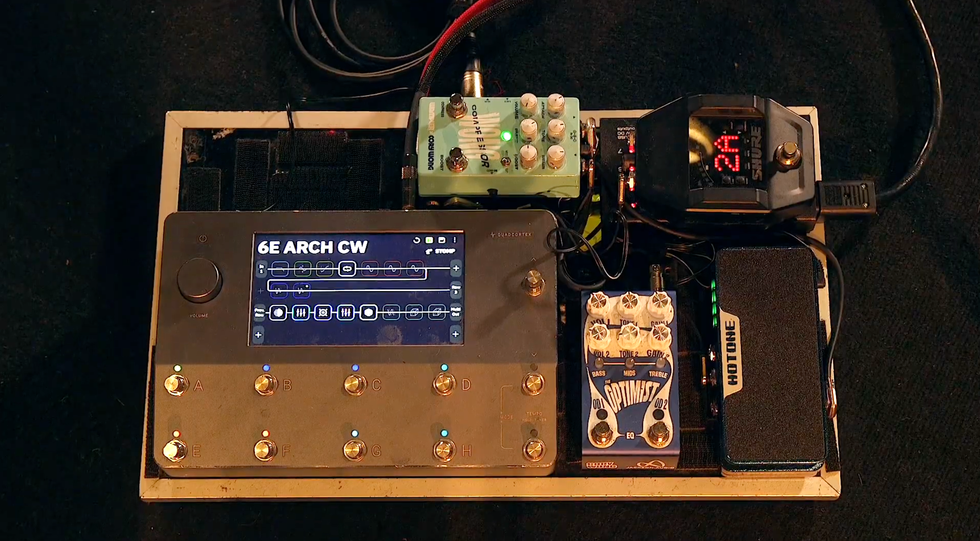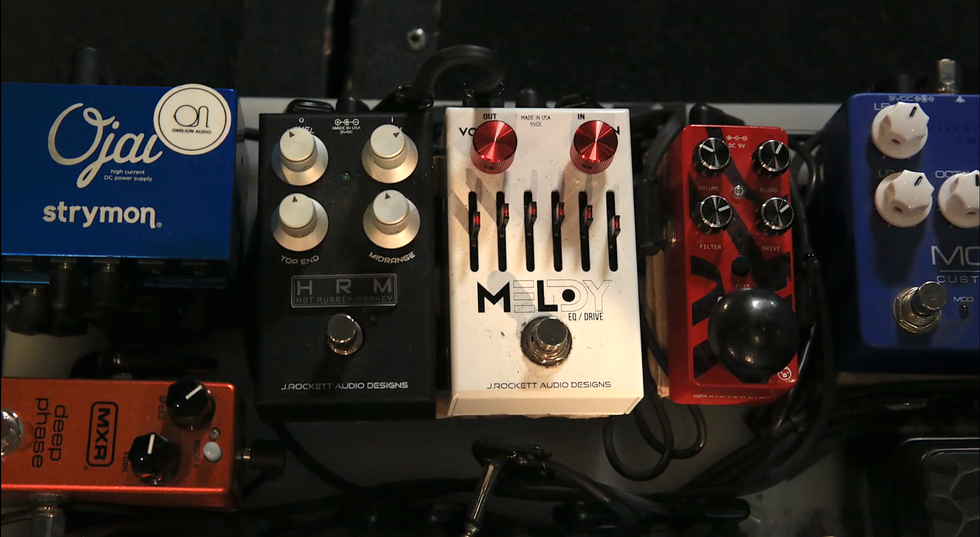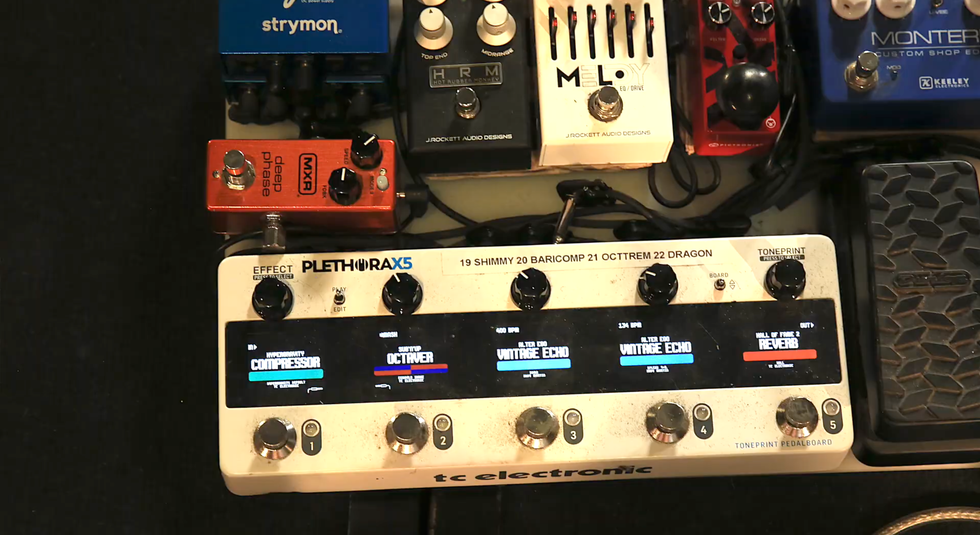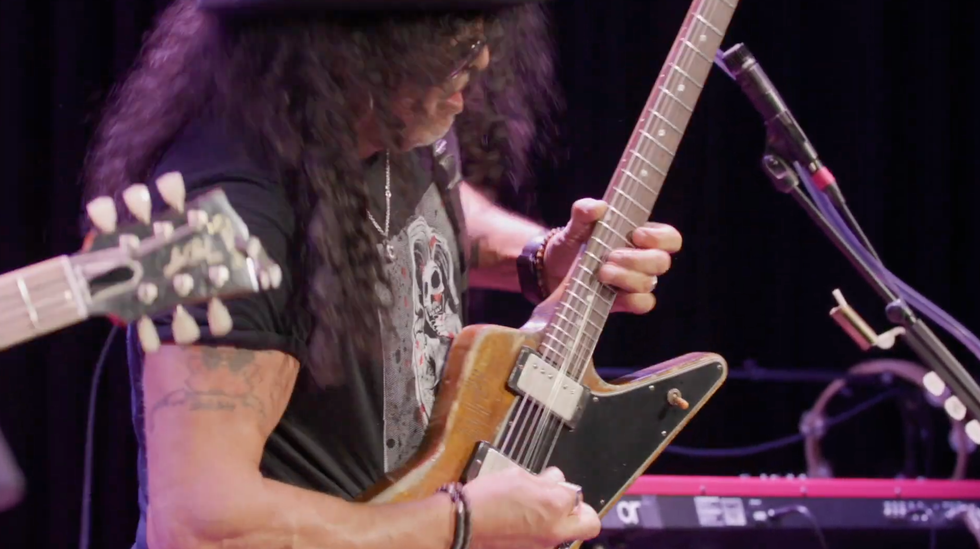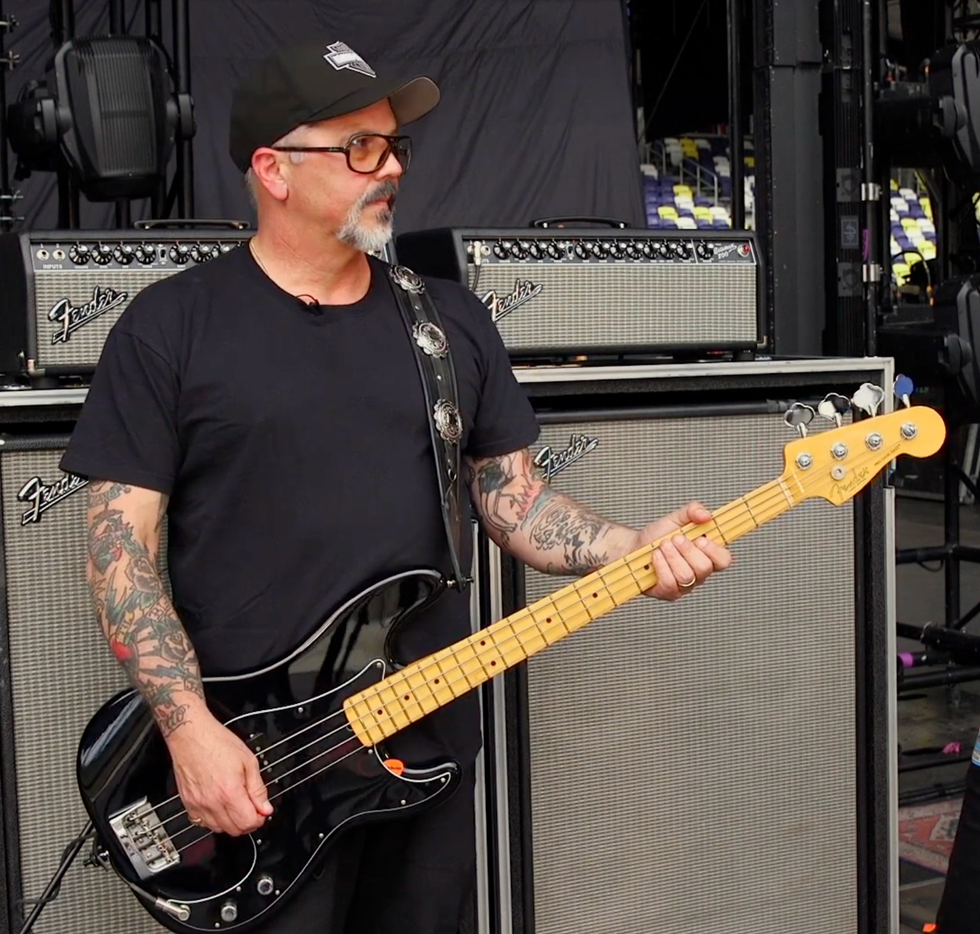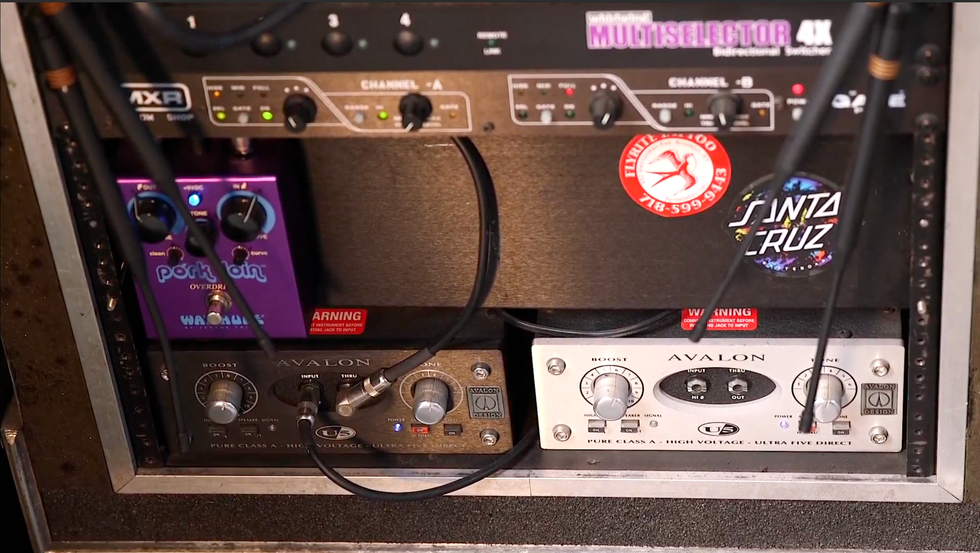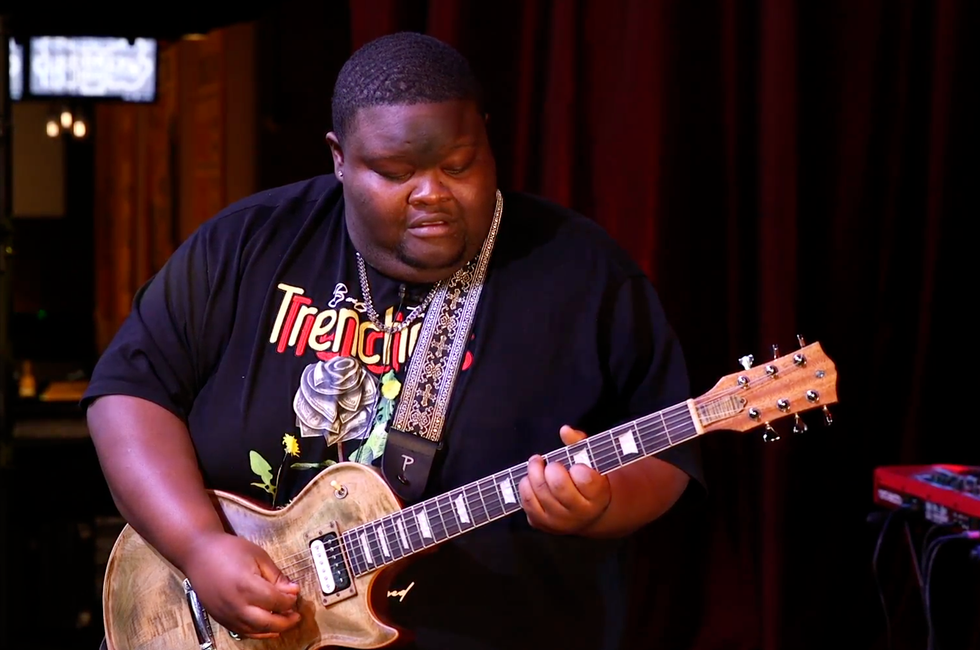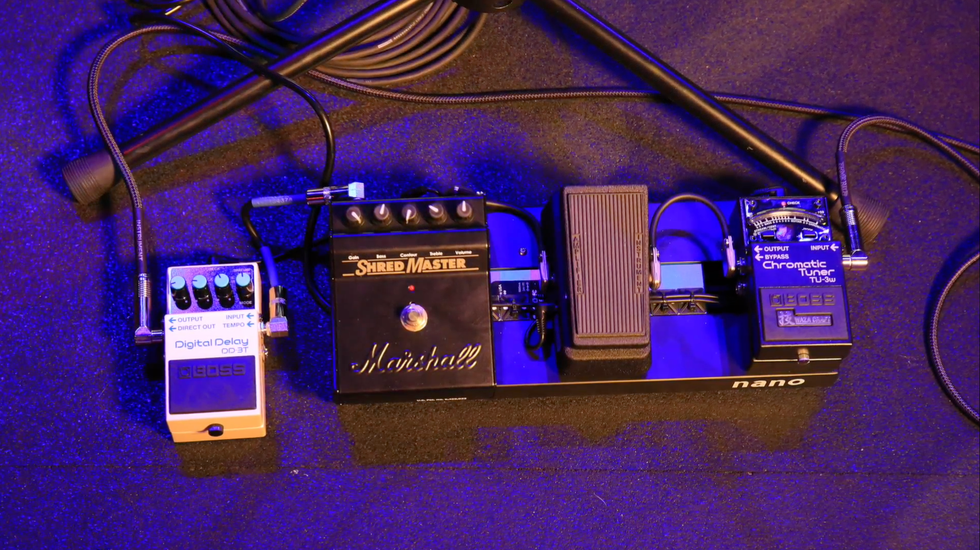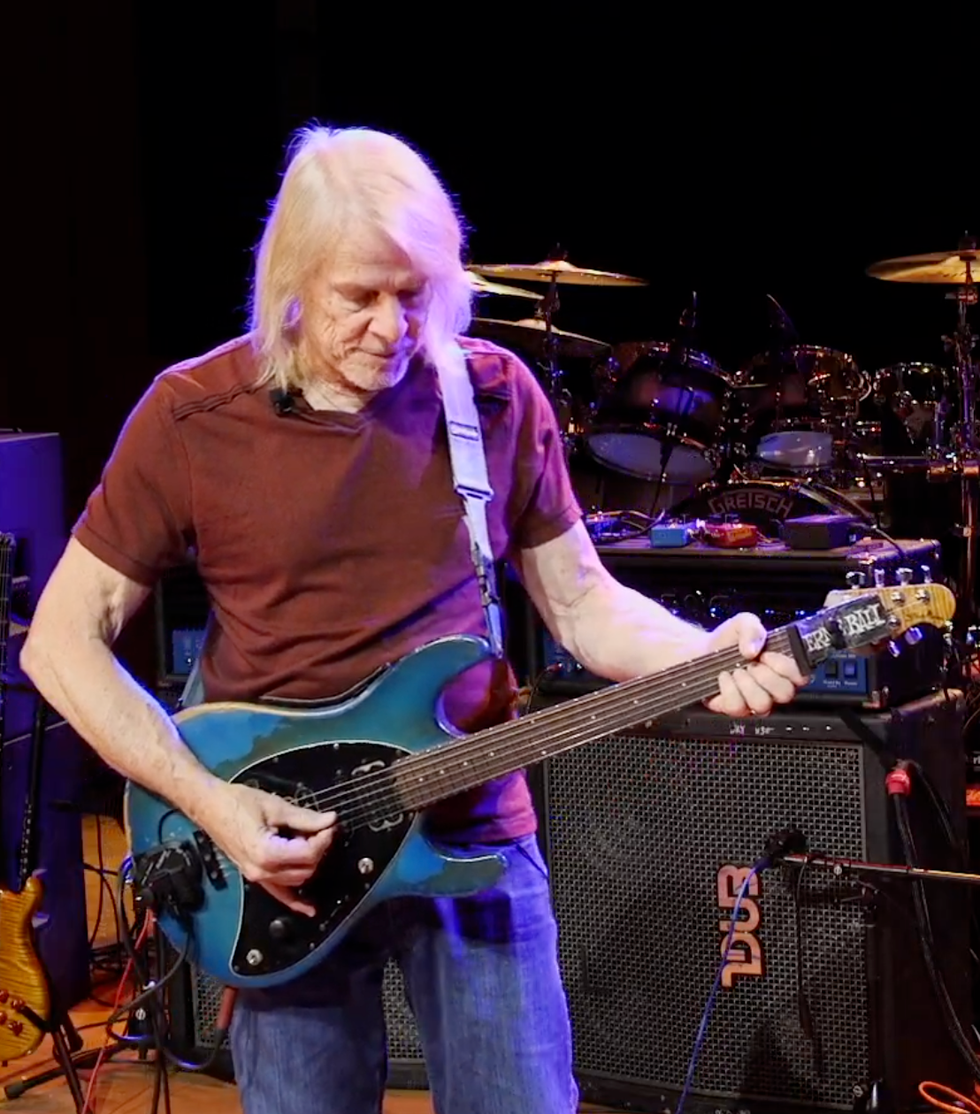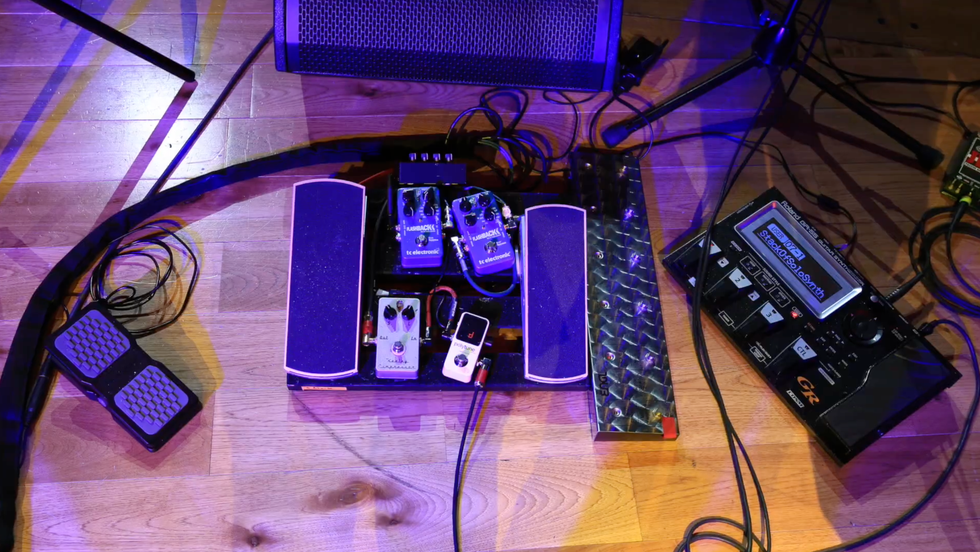How long should it take to get comfortable with a new pedal?
This is something I’ve been asking myself a lot recently, as I dream up ideas and concepts. How intuitive does a pedal have to be? Can it be hard?
Effects have a really unique role in music. They go in between other things. They don’t make the sounds, nor do they amplify or record them. They are the most optional part of music and, as a consequence, they generally receive the least attention. Learning to play the guitar takes time, and that’s fine because everybody knows this and expects it. Same goes for working a mixing board. But the same patience is not usually extended to pedals, and I wonder if this is a missed opportunity?
The versatility of pedals has greatly expanded over the years, but our expectations haven’t quite caught up. Pedals aren’t just variations on a common theme, like they were in the ’60s and ’70s. Some now have entirely distinct workflows and controls. They defy classification. Look at the 856 by Montreal Assembly. It’s ostensibly a looper, sampler, and sequencer, but essentially it’s a system. It offers something entirely new, and you don’t get something entirely new without investing some time.
I think it’s okay for pedals to have a “hard mode.” It’s okay for pedals to demand time and patience and force you to learn something new. This is the path to discovery, reward through challenge.
Something special can happen when you have to struggle with a device. You form a bond, and you discover techniques and applications on the path to comfort. You make it your own. My favorite experience with this was the Octatrack by Elektron—a sampler that allows you to entirely reinvent the sound you’ve sampled. It kicked my ass for months, and then suddenly it was my favorite thing. I felt connected to it.
There’s something powerful about applying this idea to pedals. Suddenly, this passive element between your guitar and amp can become something more than just a change in texture—an active tool … a second pseudo-instrument for you to engage with and manipulate.
But I’m debating with myself even as I write this. Is it unrealistic to expect that level of commitment? Is it inaccessible? One piece of the puzzle is that the level of difficulty is seldom discussed when it comes to pedals. If you’re taking up the trumpet, you already know damn well you’re going to have a time. It will be hard, and then it will be great. You’re prepared.
The purpose of pedals is increasingly open-ended. It’s best to think of them as a format rather than any specific thing. Electro-Harmonix has been building drums, sequencers, and samplers inside pedals for years, and this is becoming more common. A pedal is just a convenient, portable home for a musical idea. And you can kick it to make it go. That’s it. Where things get hazy is how focused and self-contained that idea has to be. Does too much flexibility spoil the fun? My gut says that it does, and the key is to find that line.
The important thing is that there’s room for both, and I believe we’ll be seeing a lot more “hard mode” pedals as time goes on. Sometimes you just want a chorus that sounds like a chorus, and you don’t want to fight to get there. That’s good. But there’s also room for pedals that bewilder and challenge. Pedals can be fast, efficient, and simple, but they can also be deep, versatile, and interactive, and unfold over time. Both are extremely useful.
Consider exploring the deep end and trying your hand at hard mode. You might find something in the struggle.
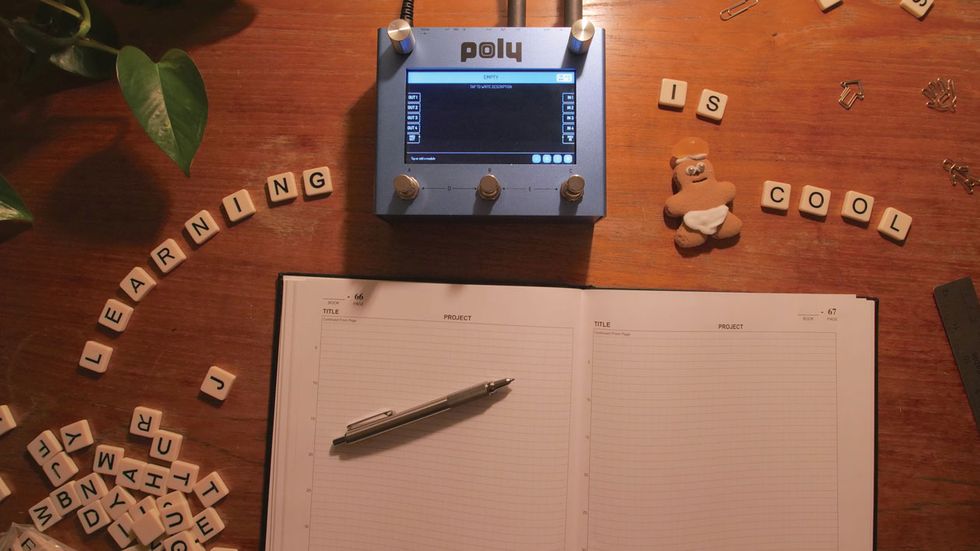

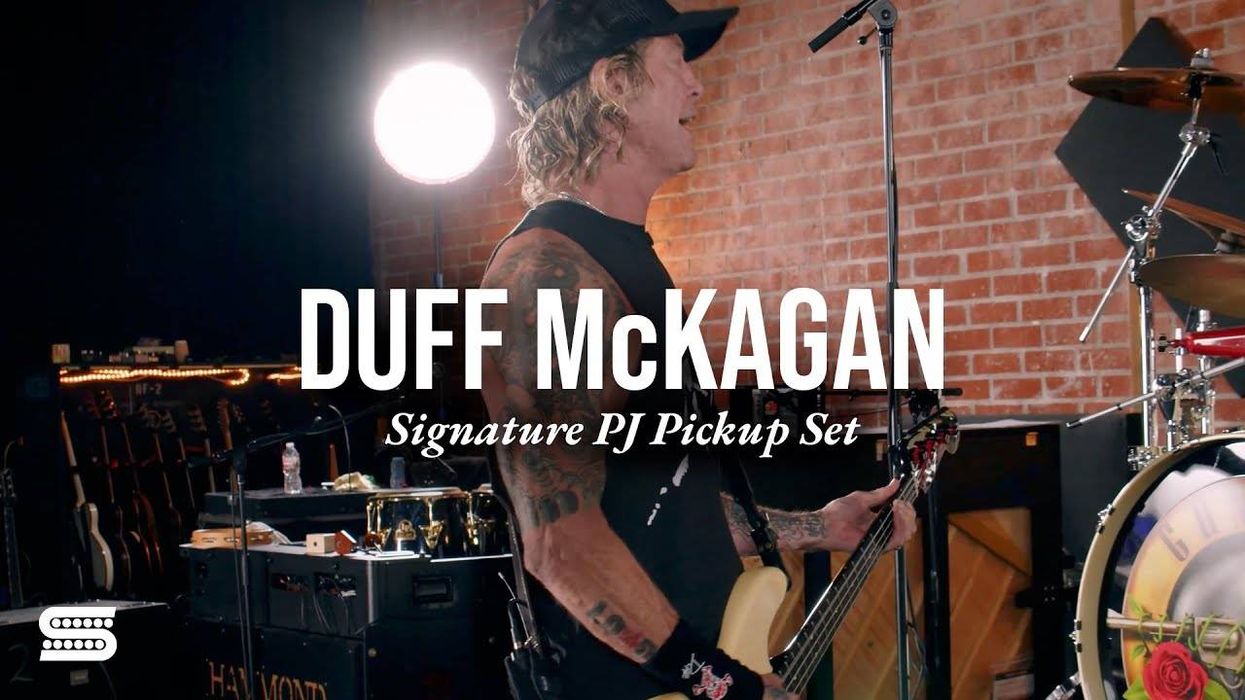
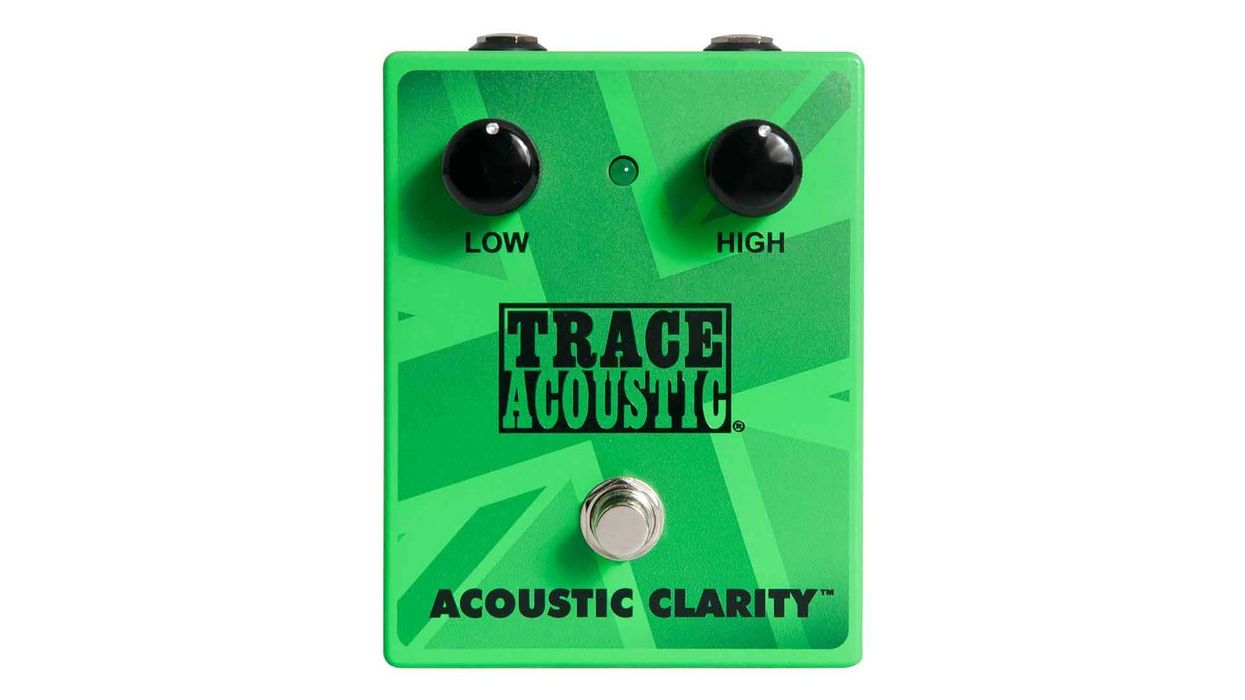

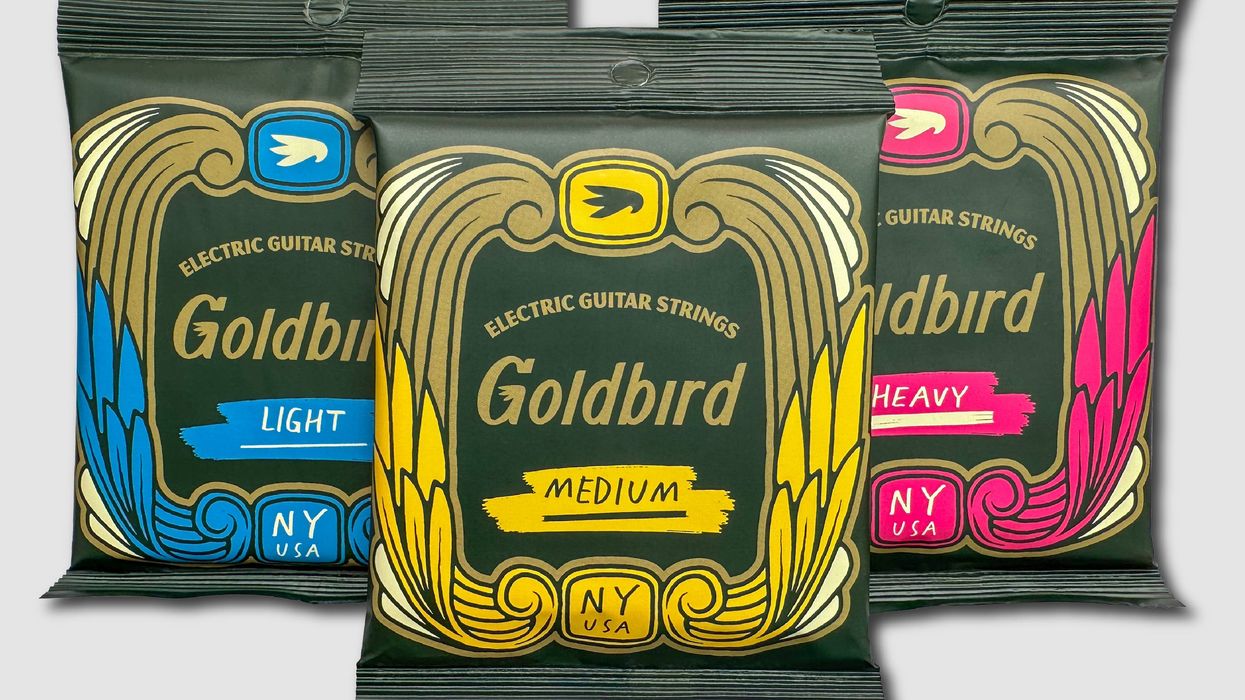



![Devon Eisenbarger [Katy Perry] Rig Rundown](https://www.premierguitar.com/media-library/youtube.jpg?id=61774583&width=1245&height=700&quality=70&coordinates=0%2C0%2C0%2C0)





